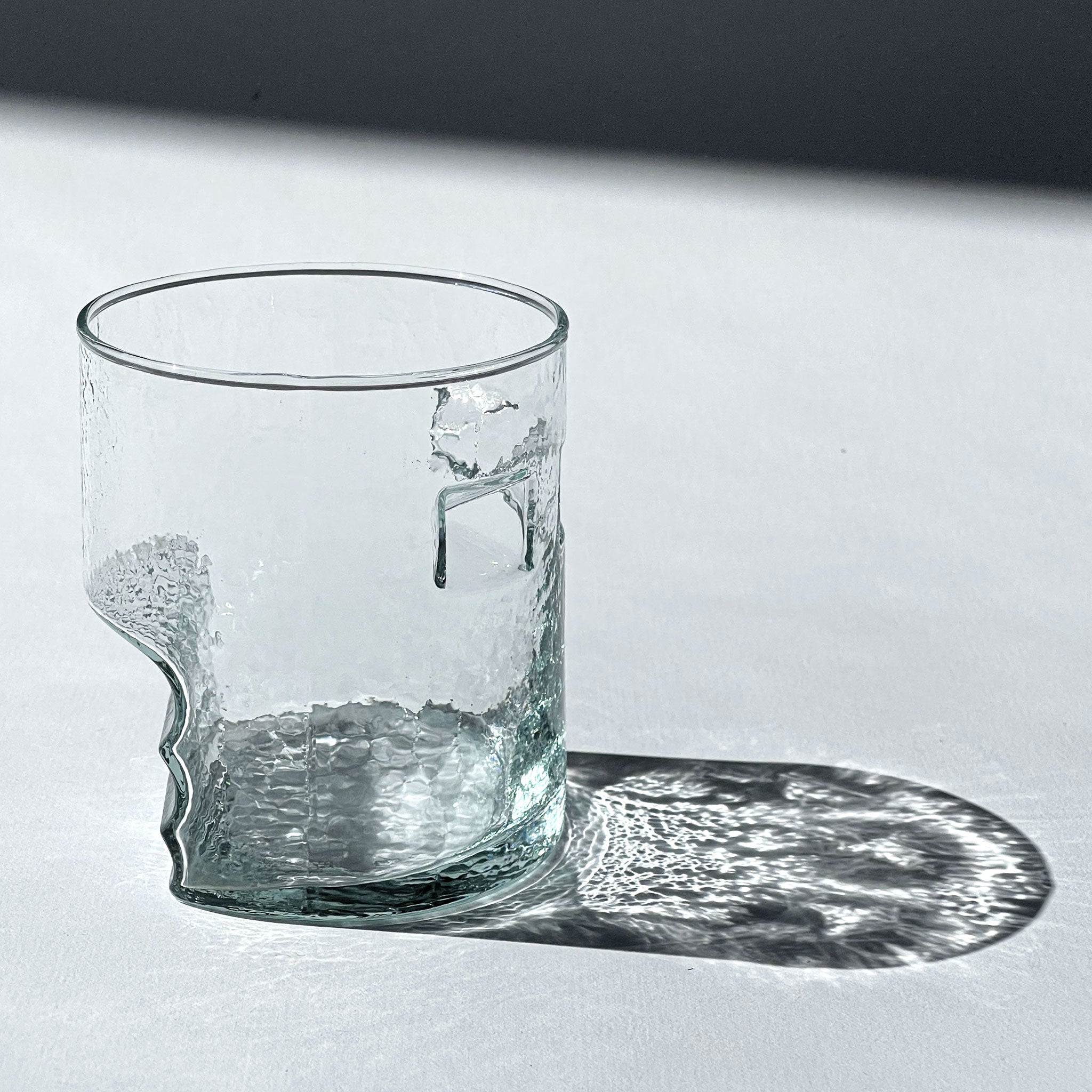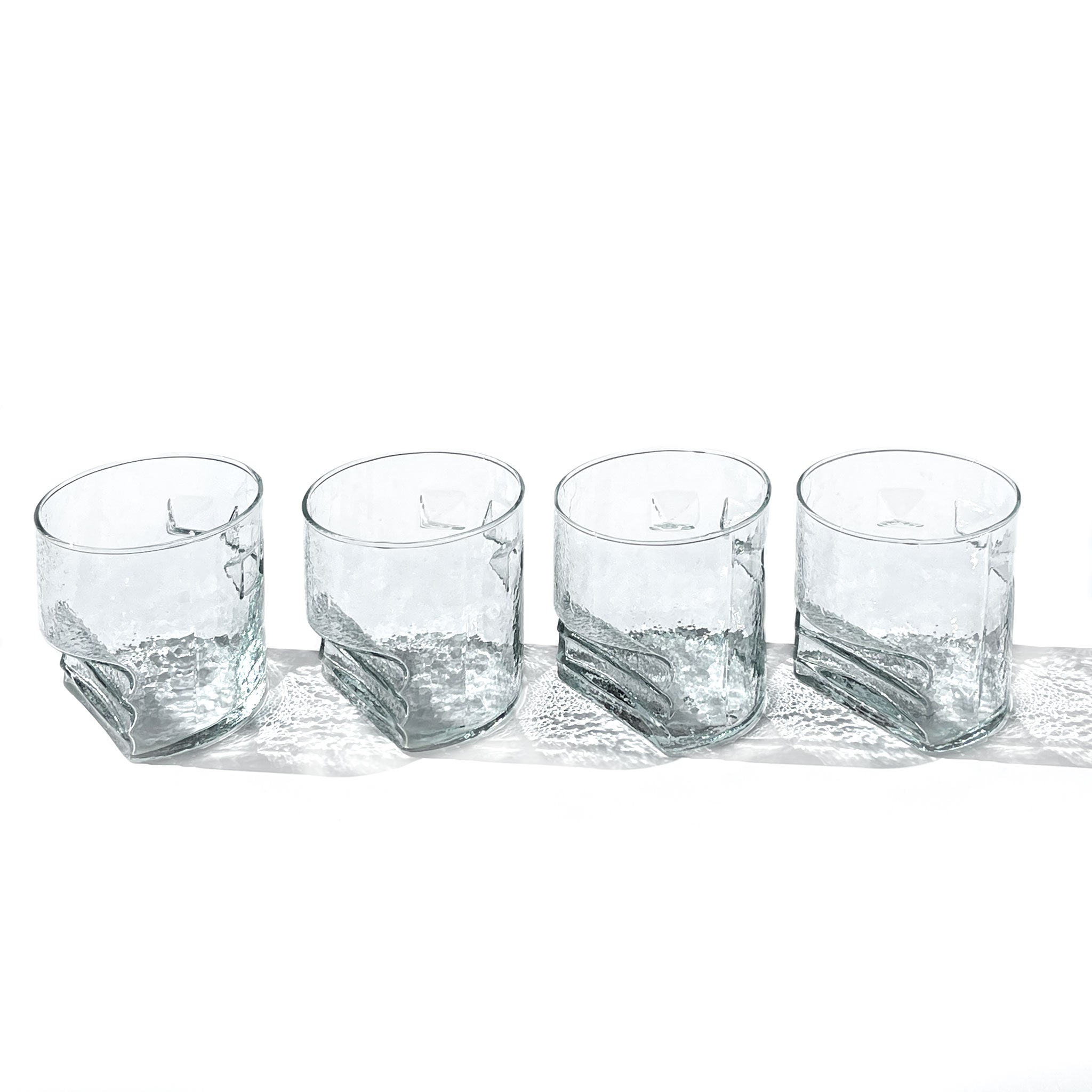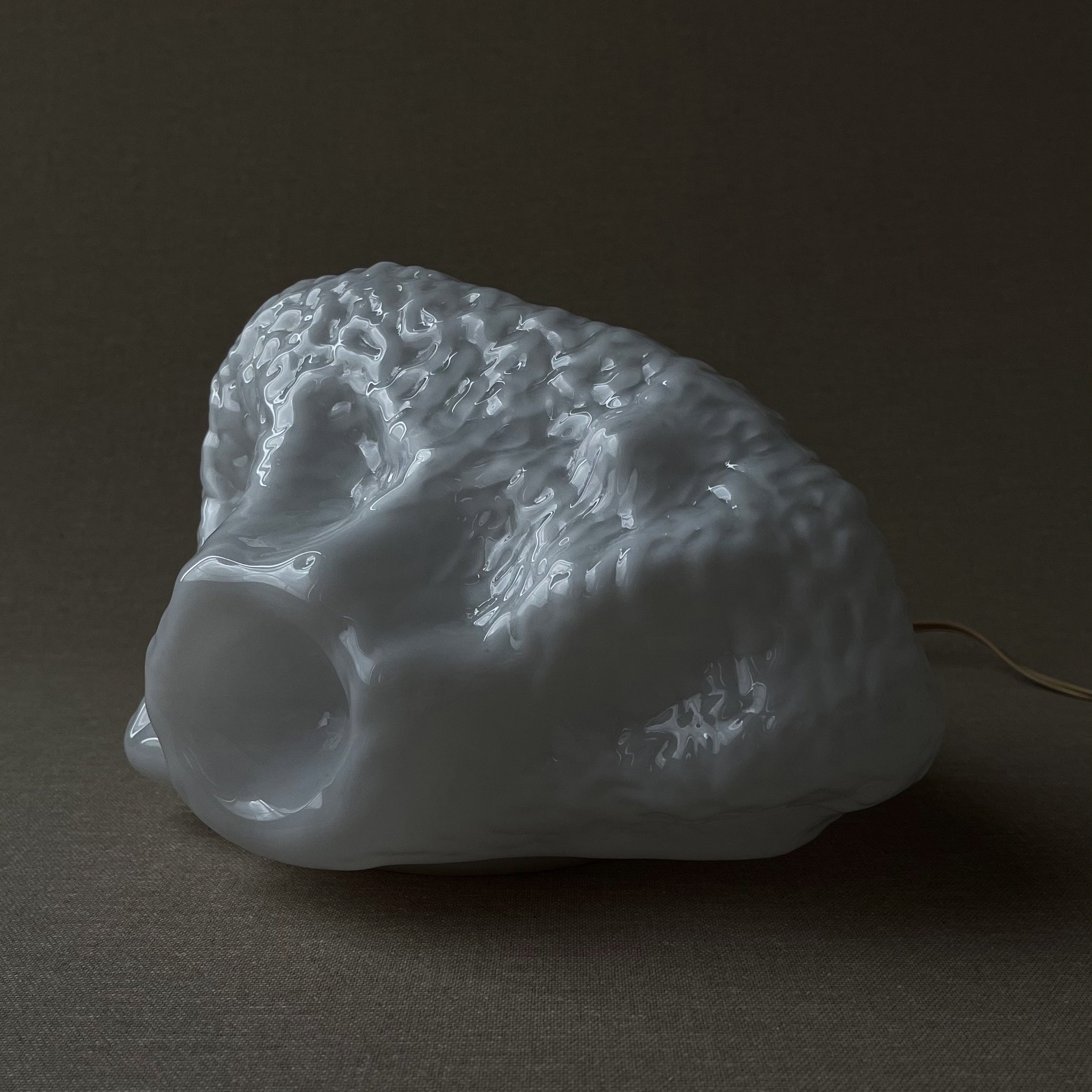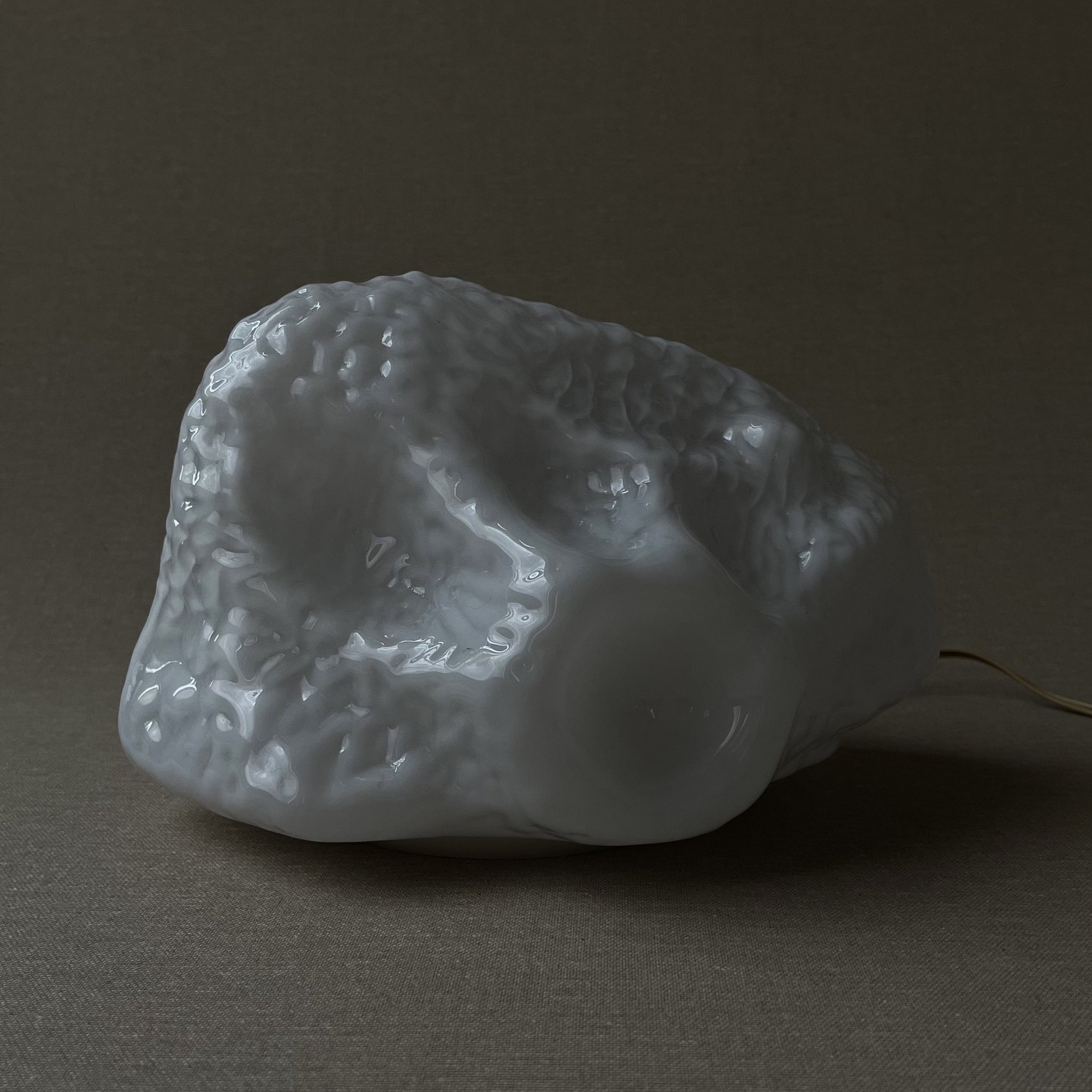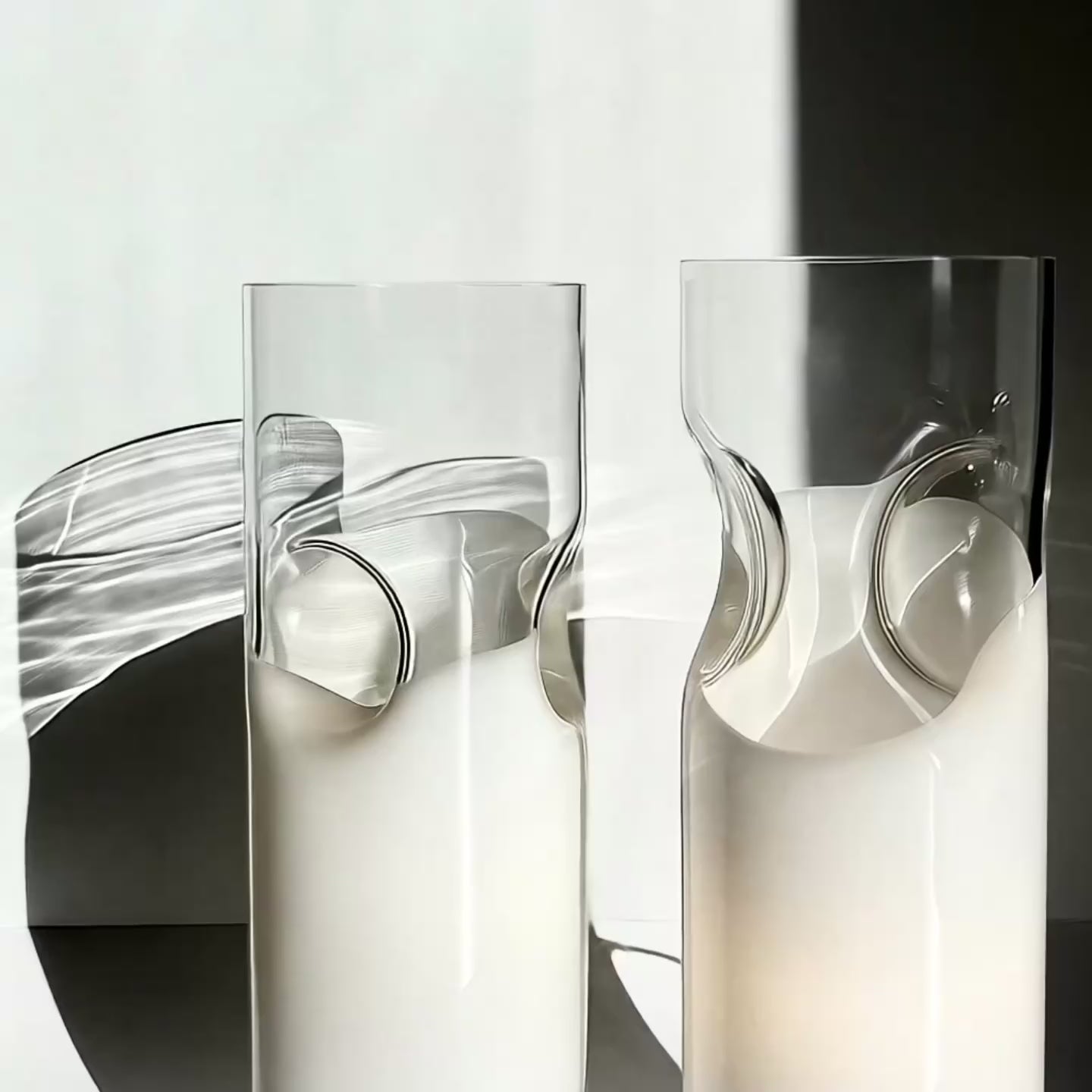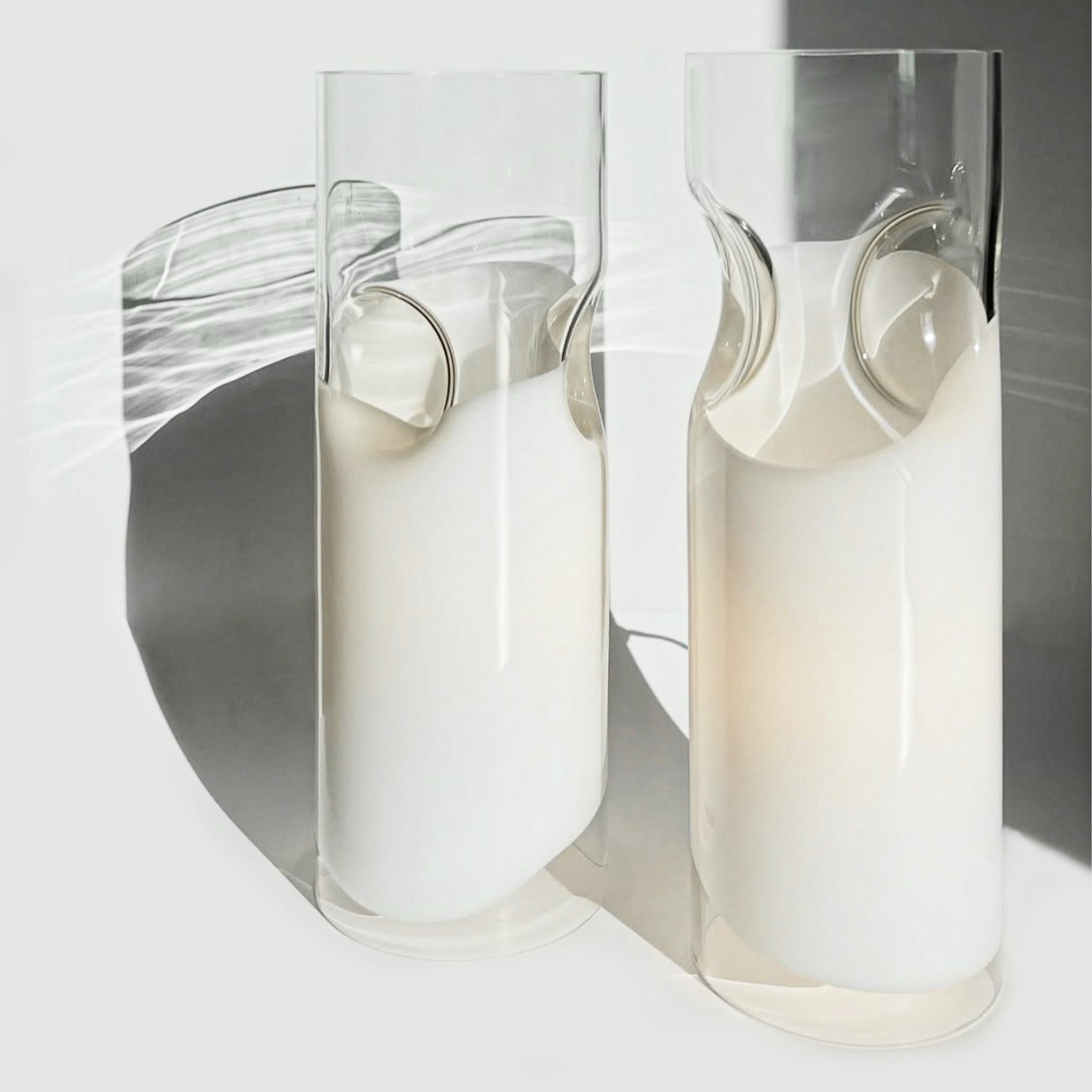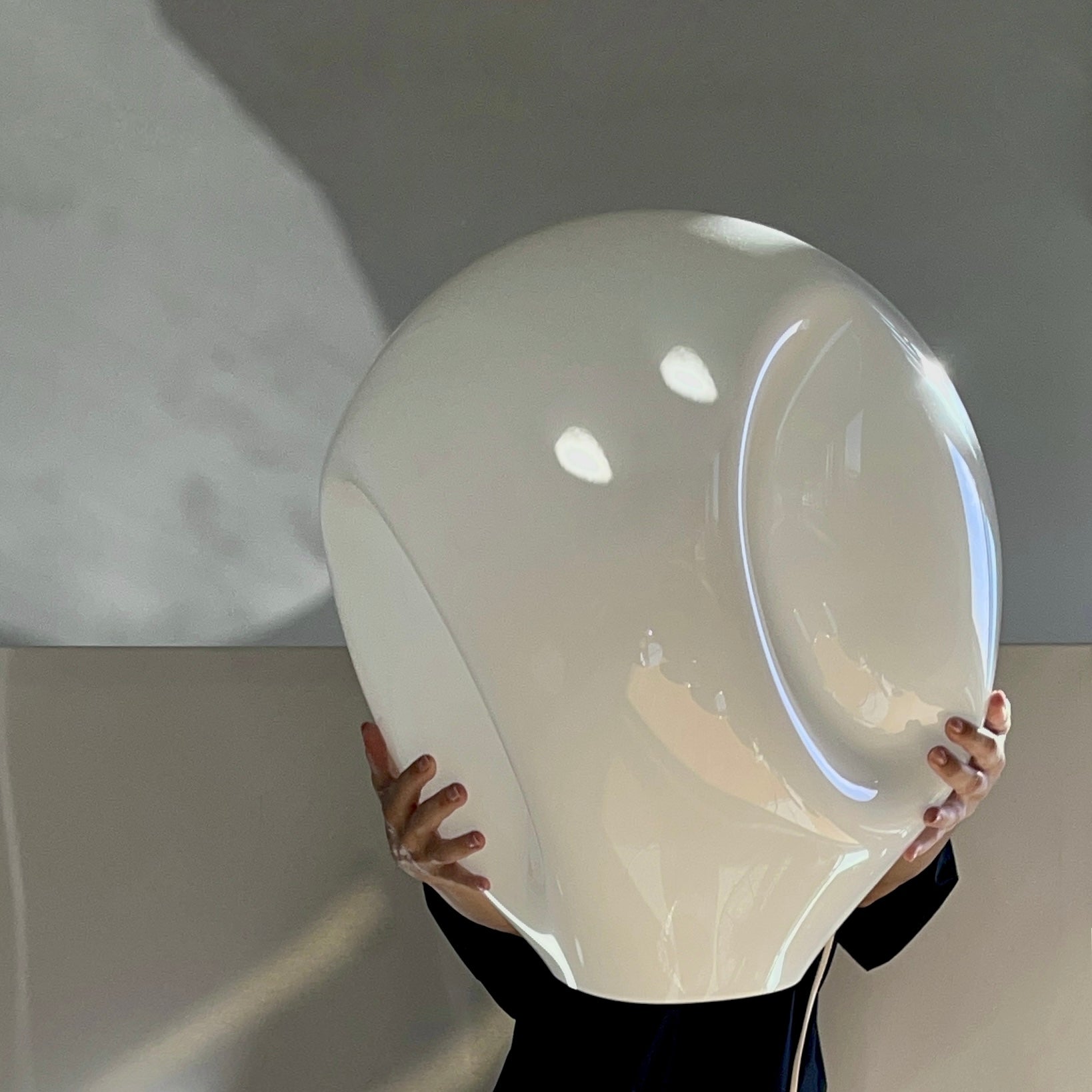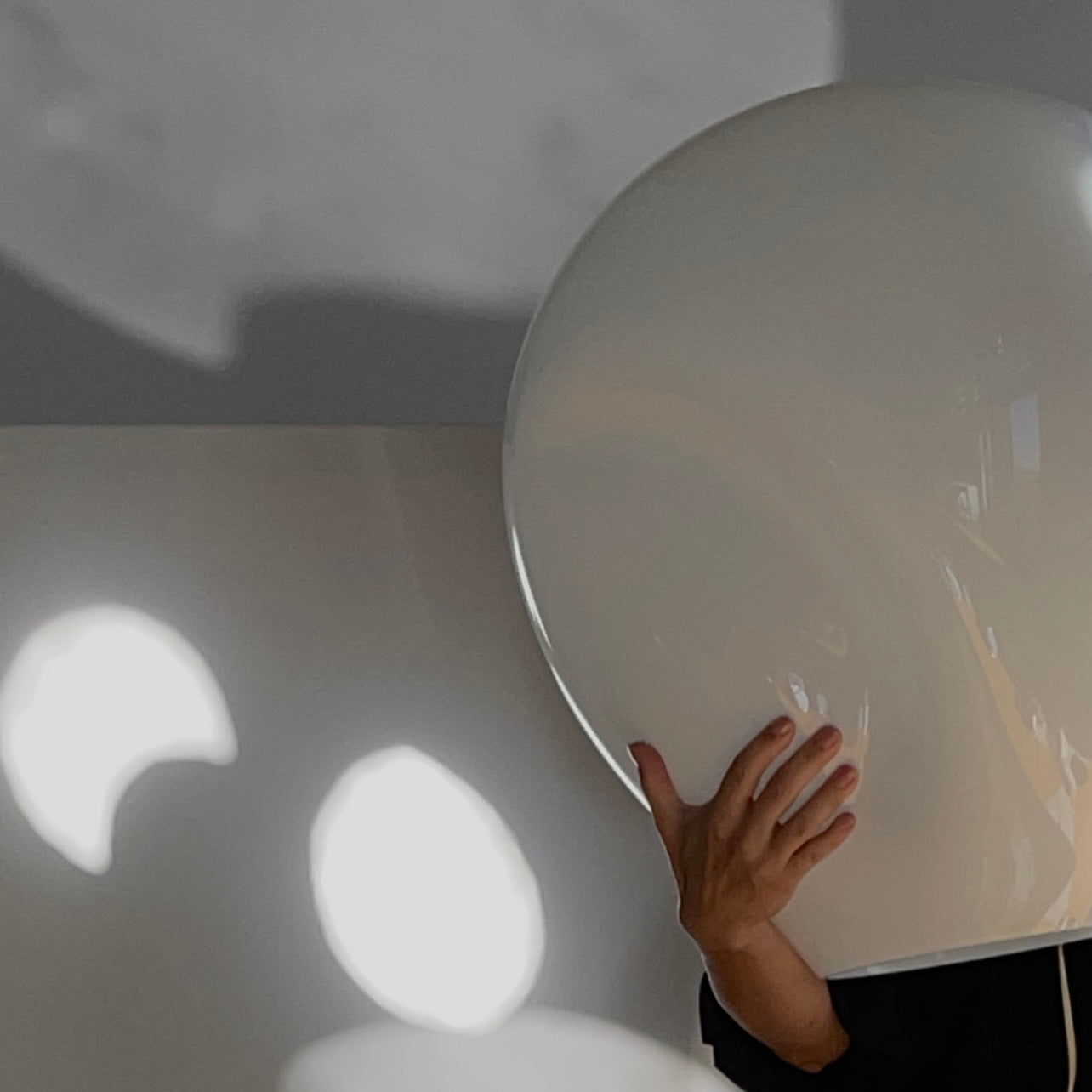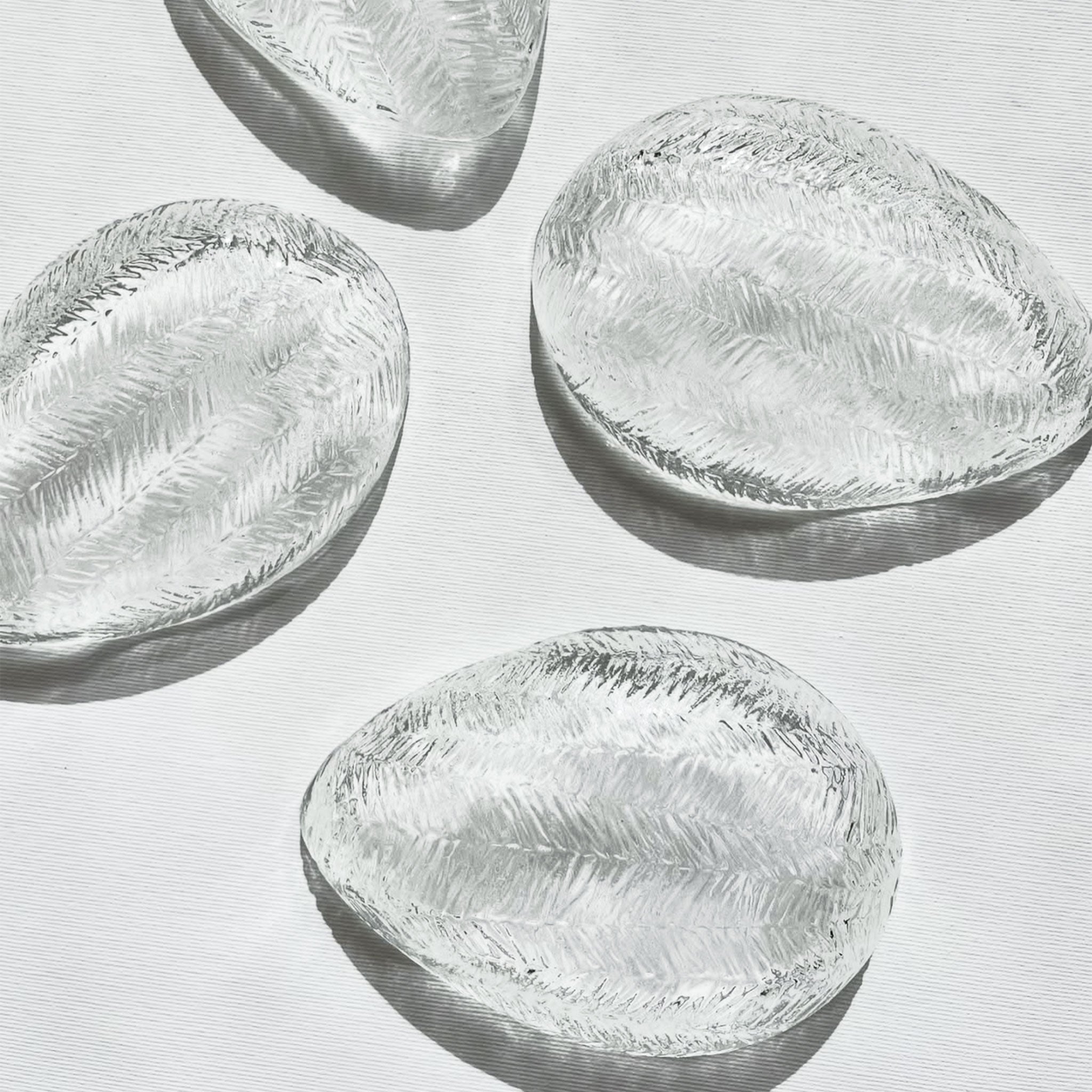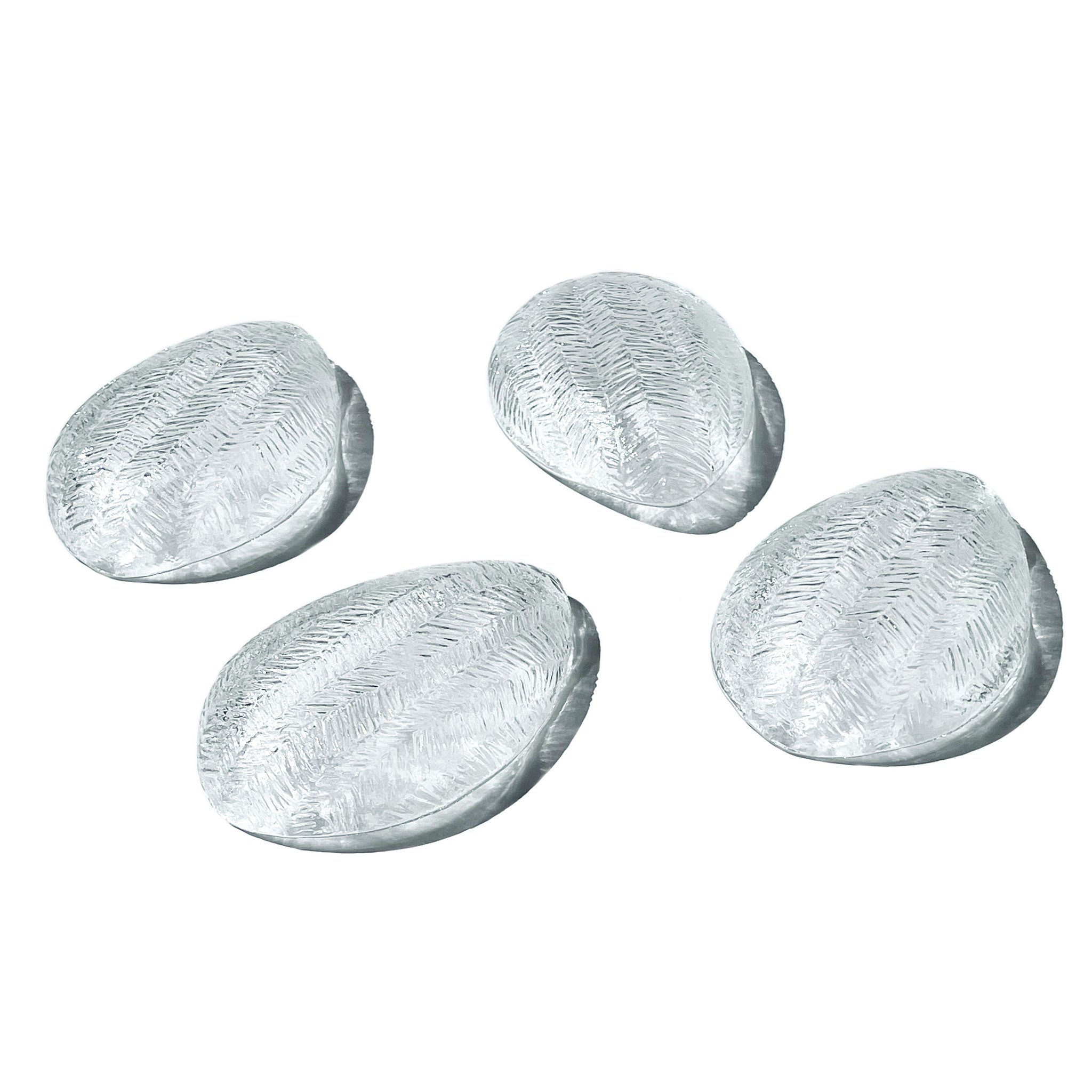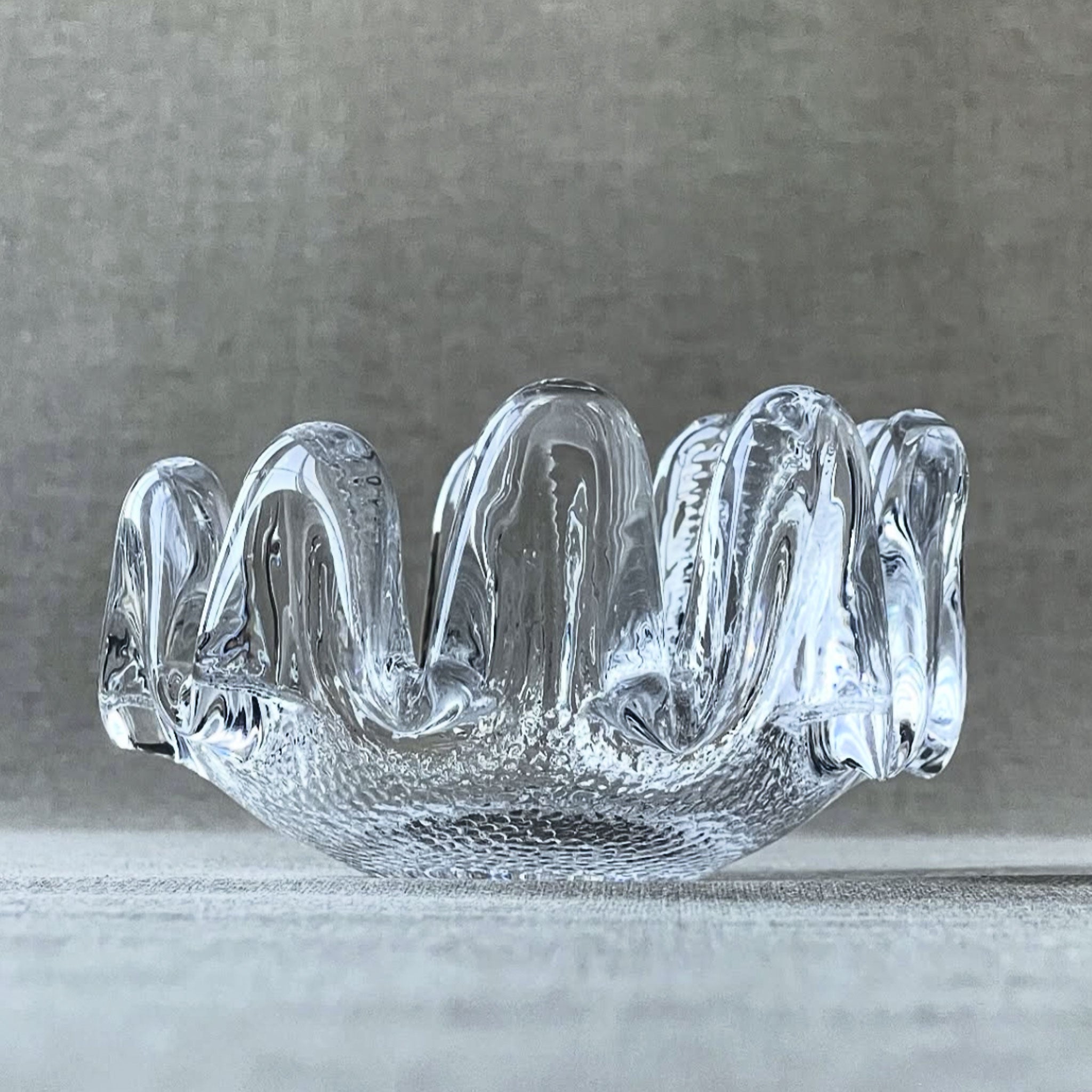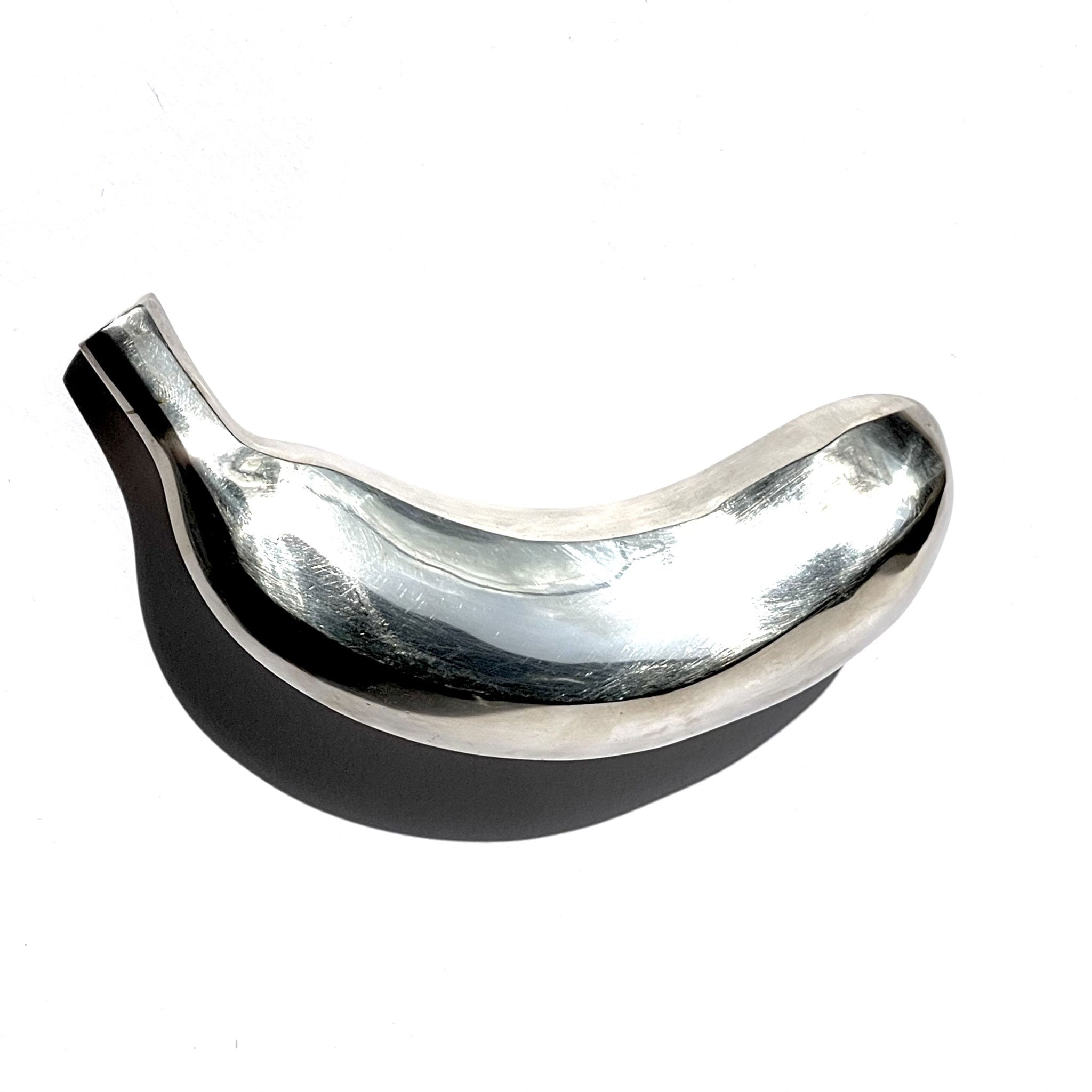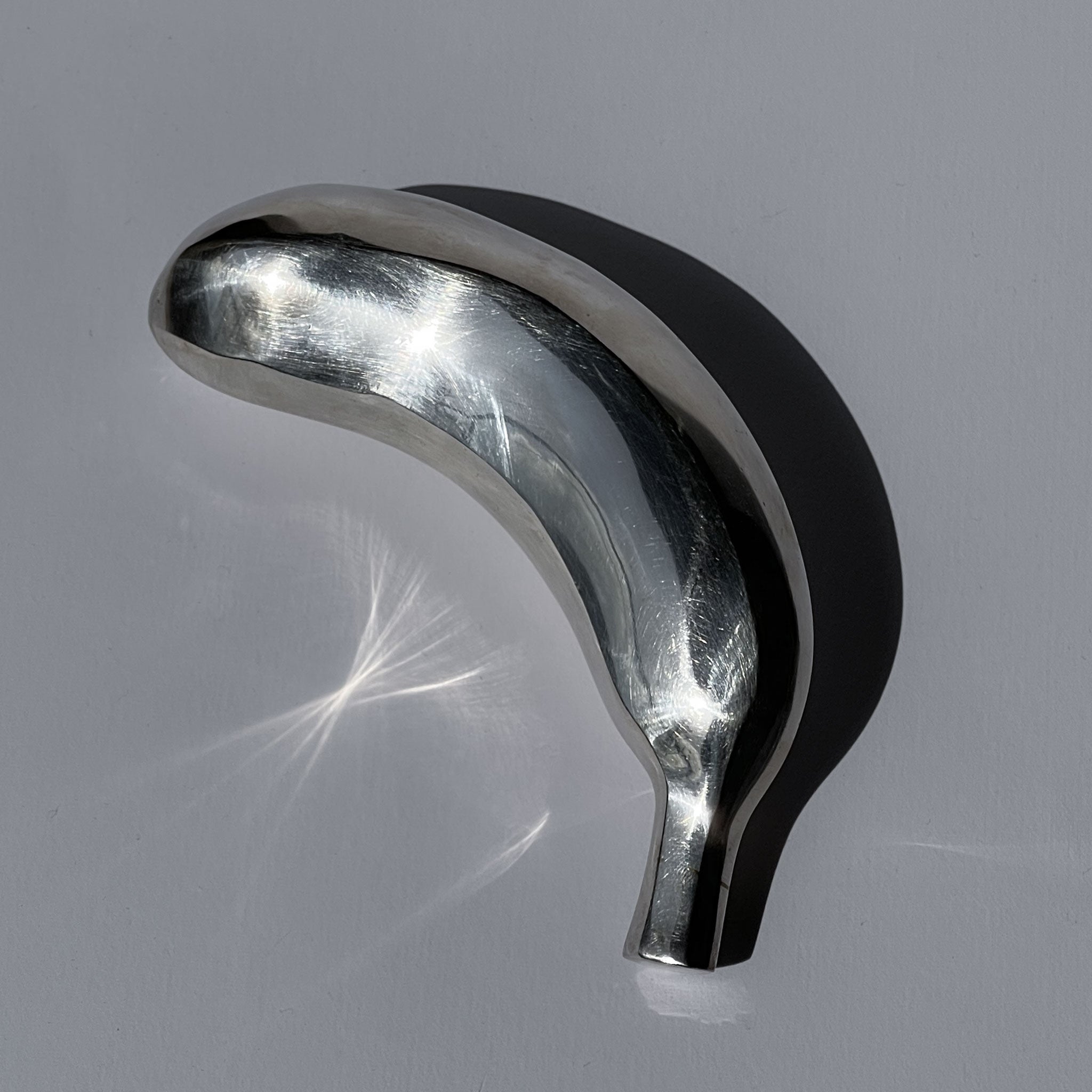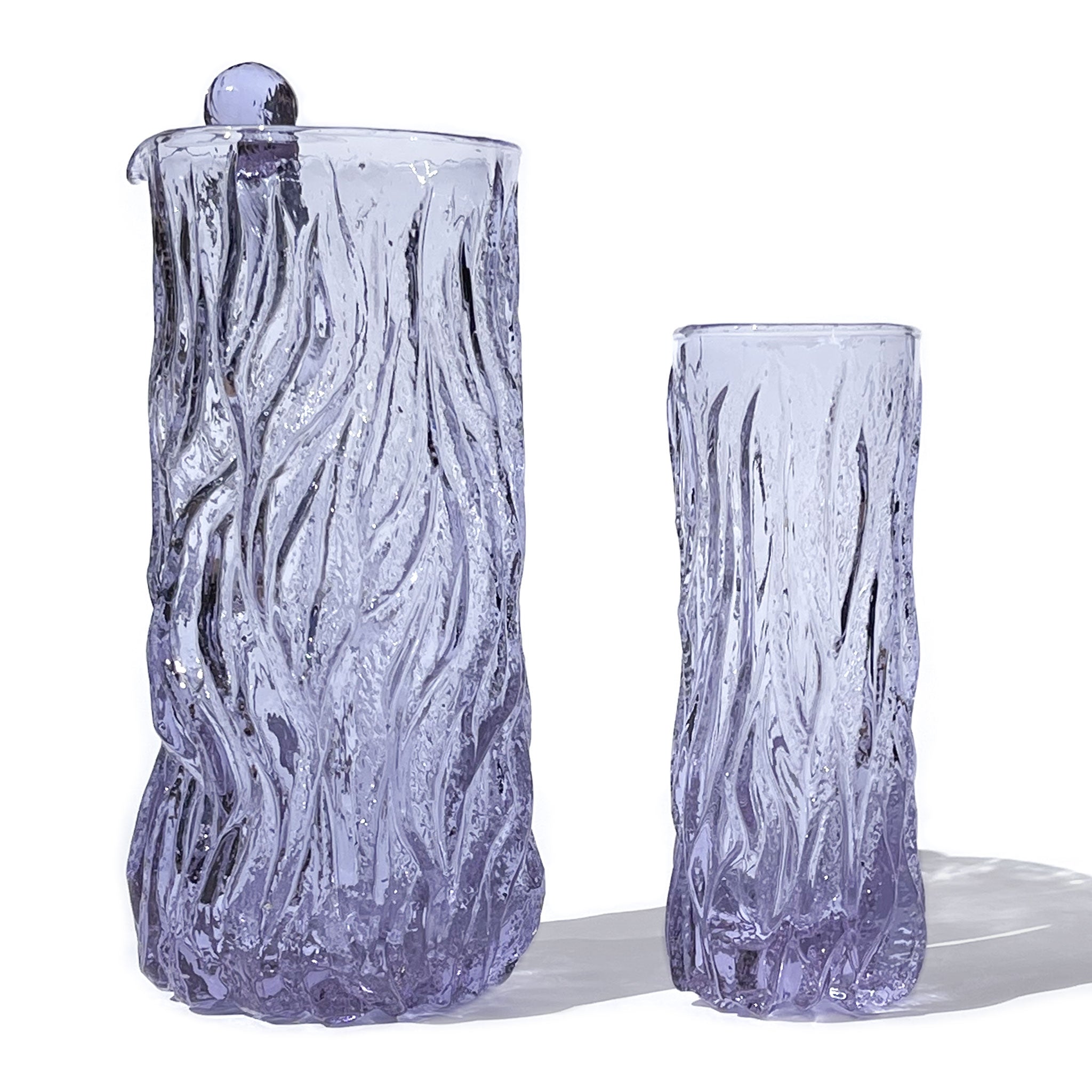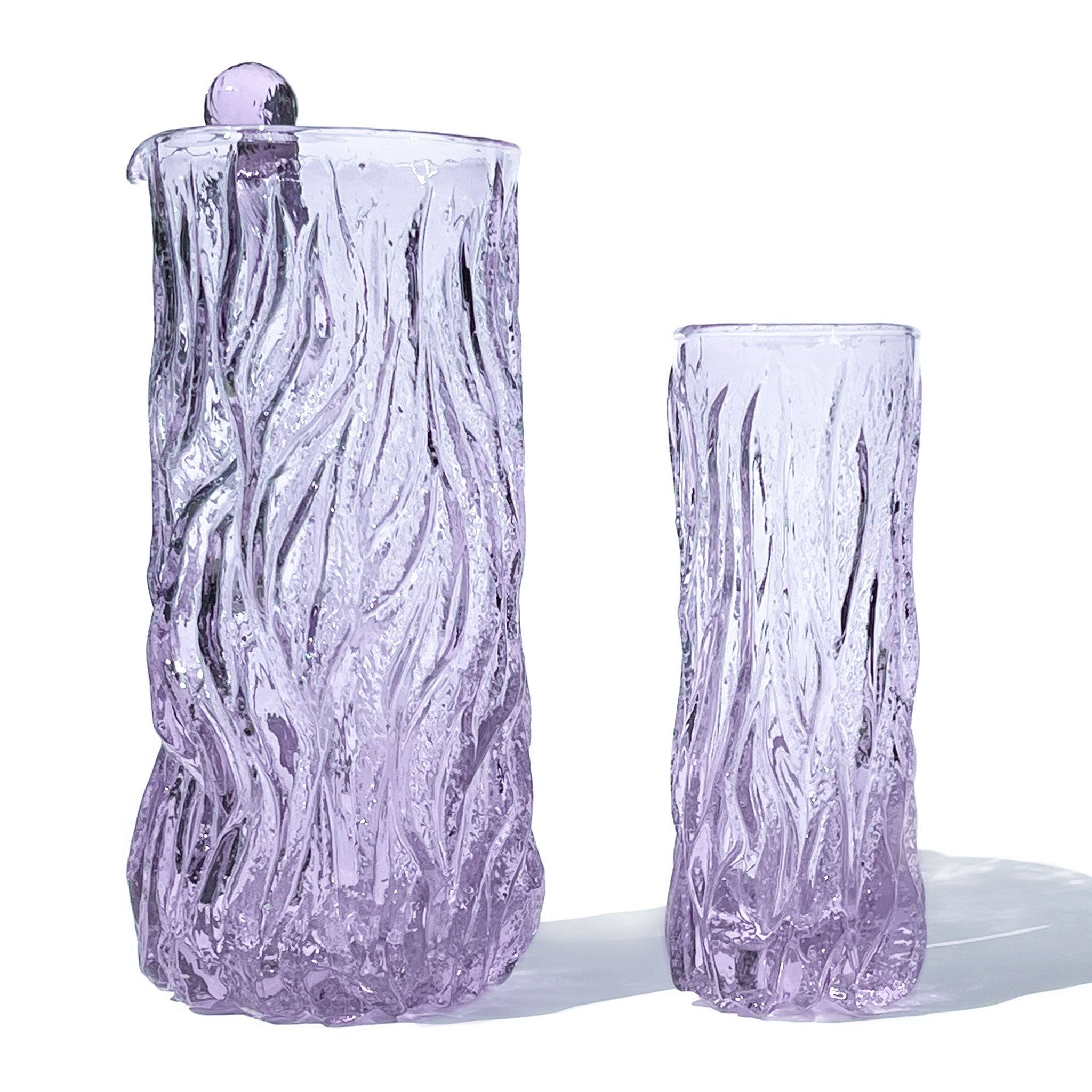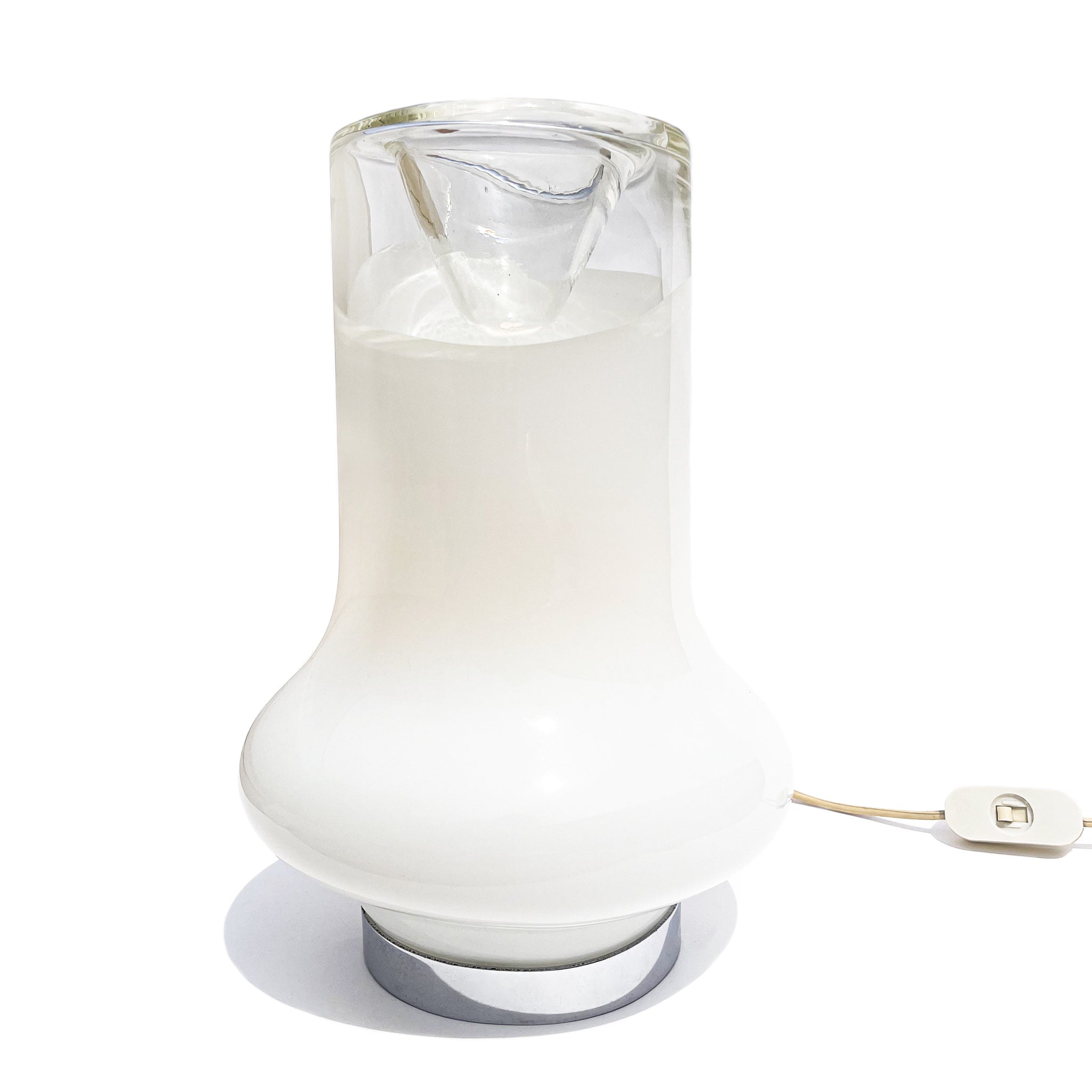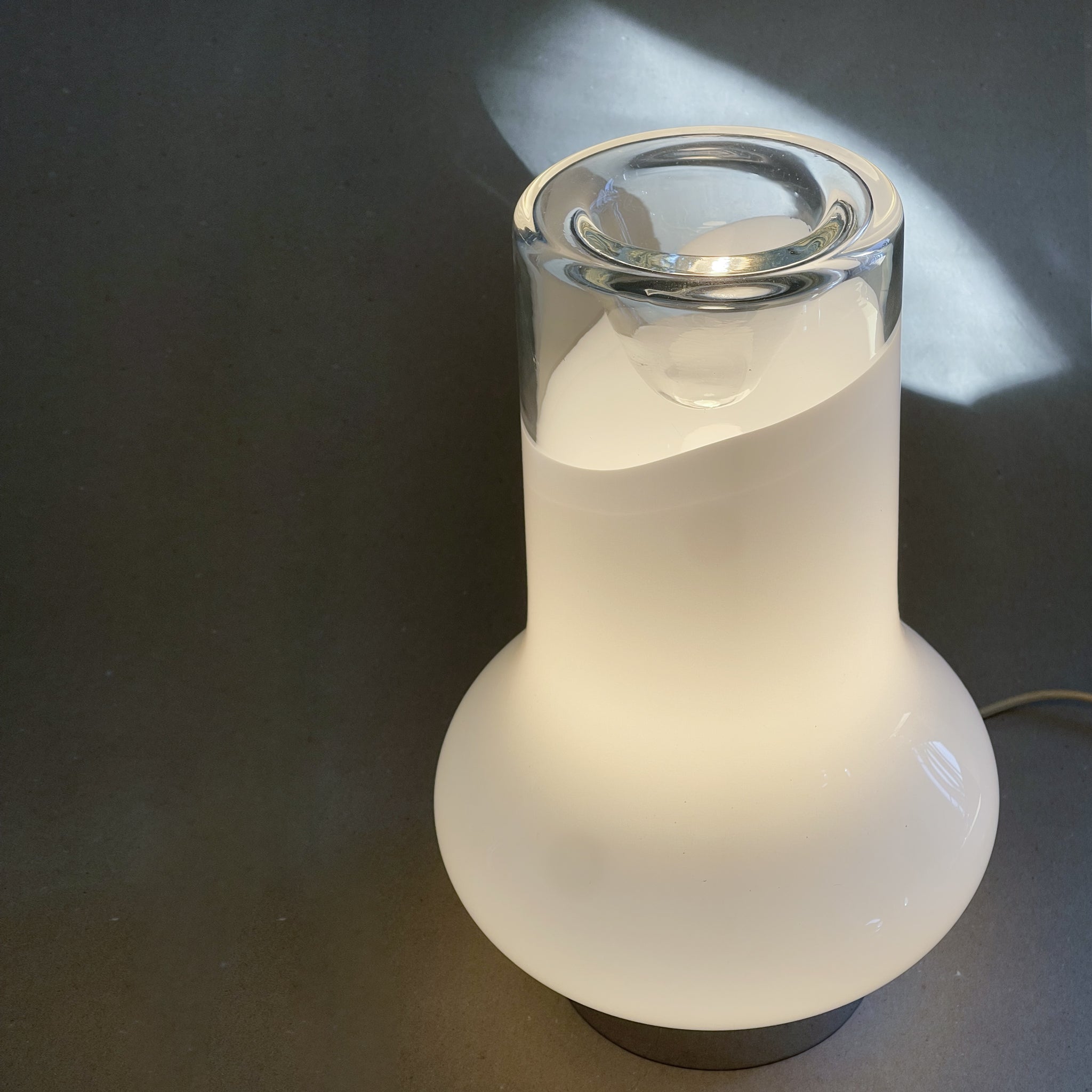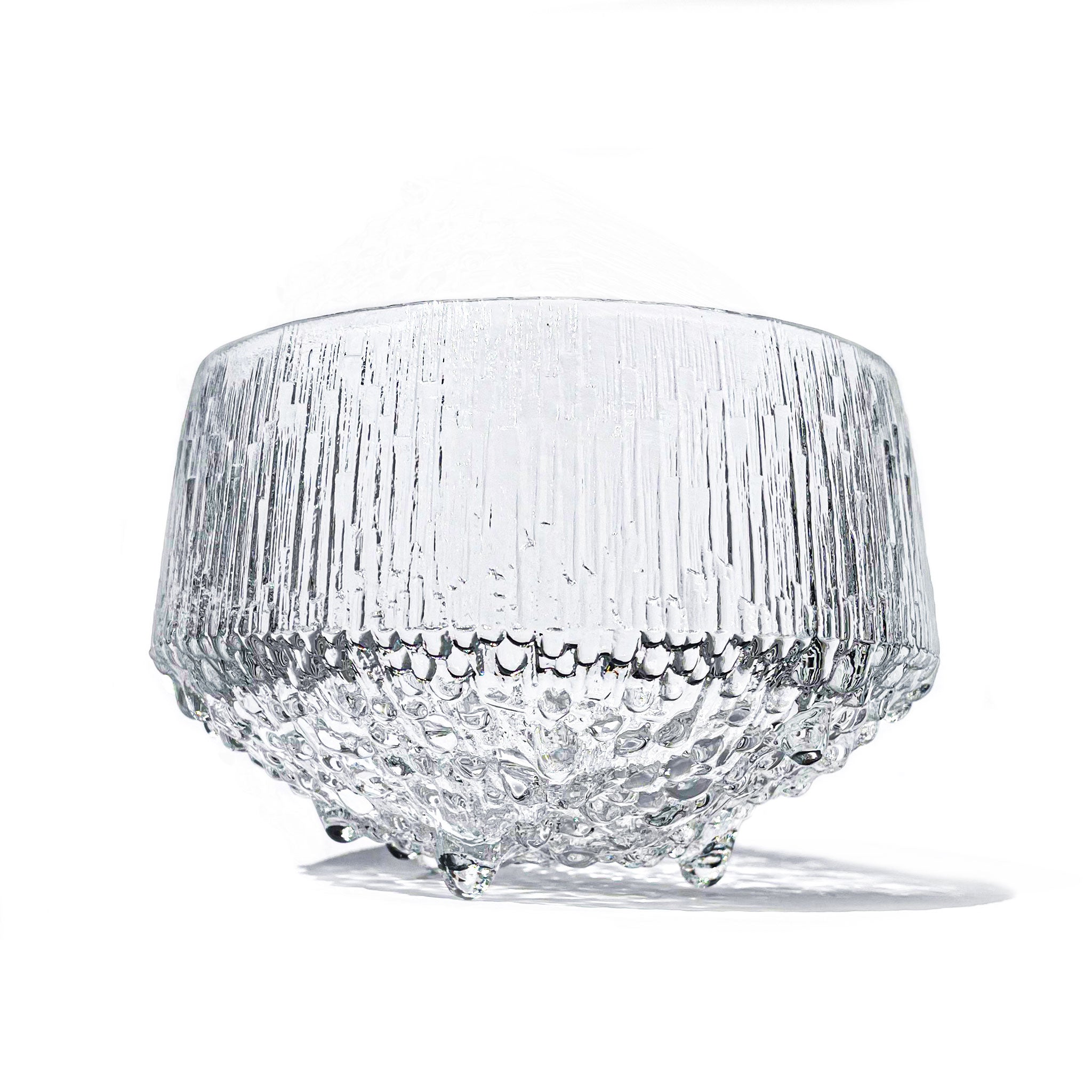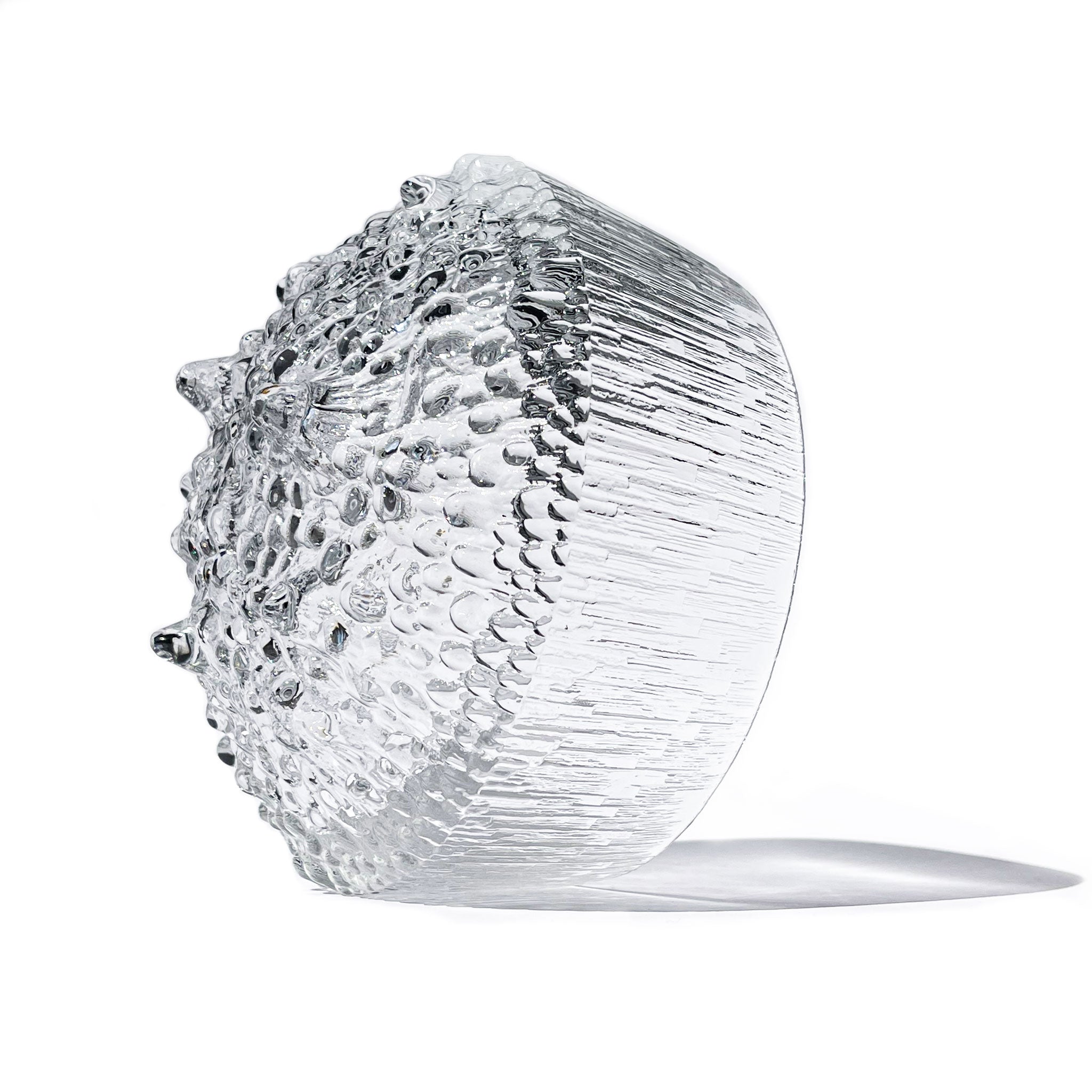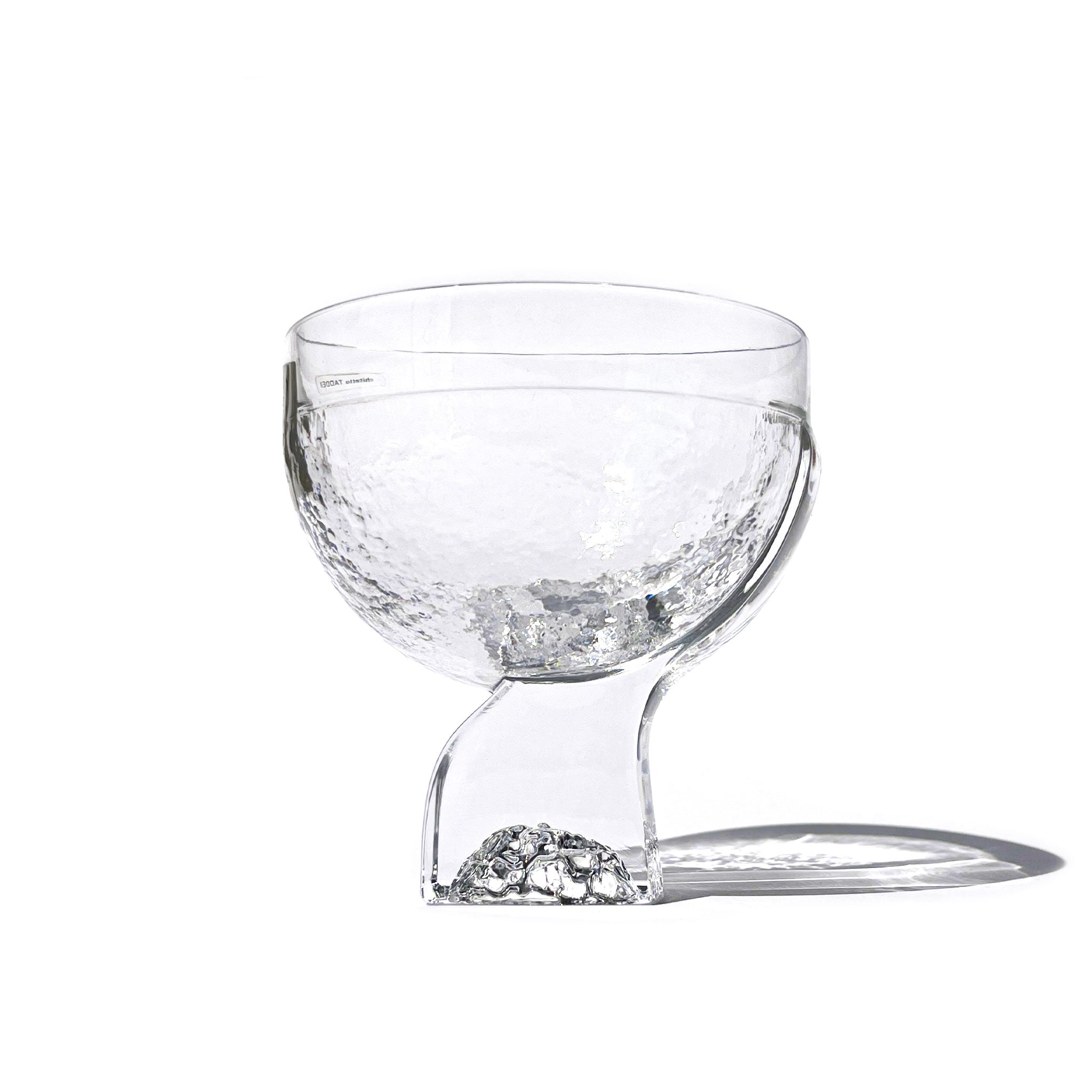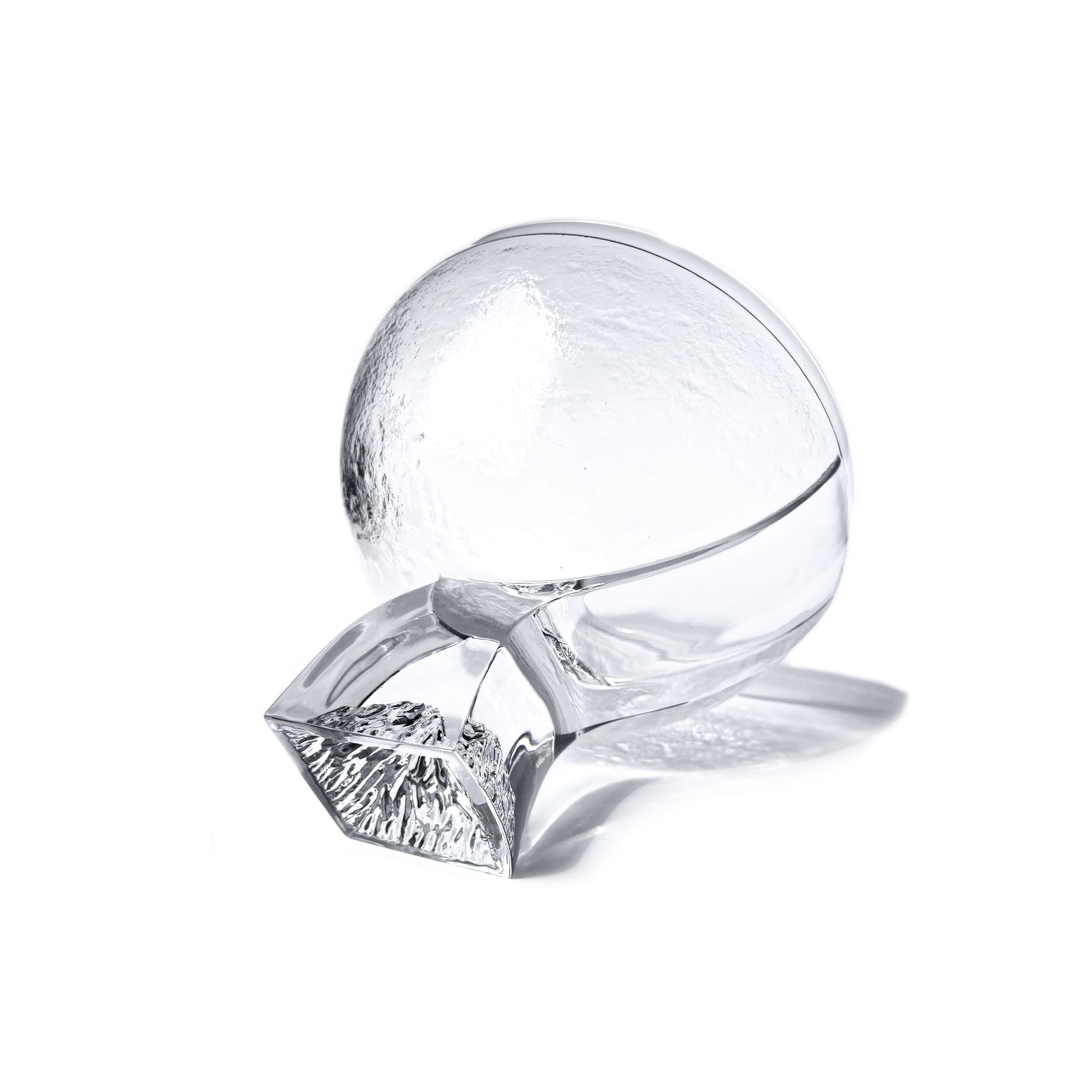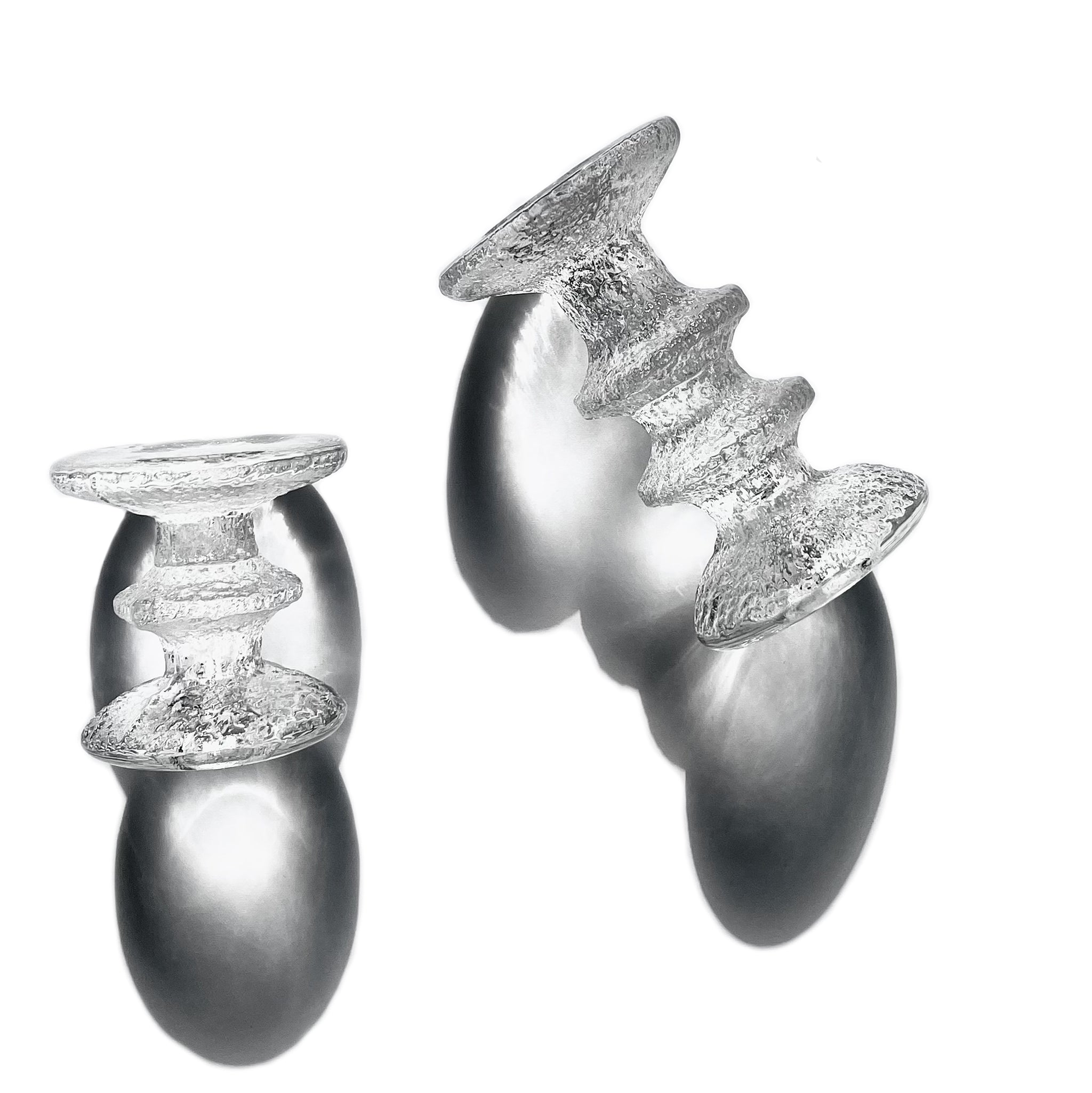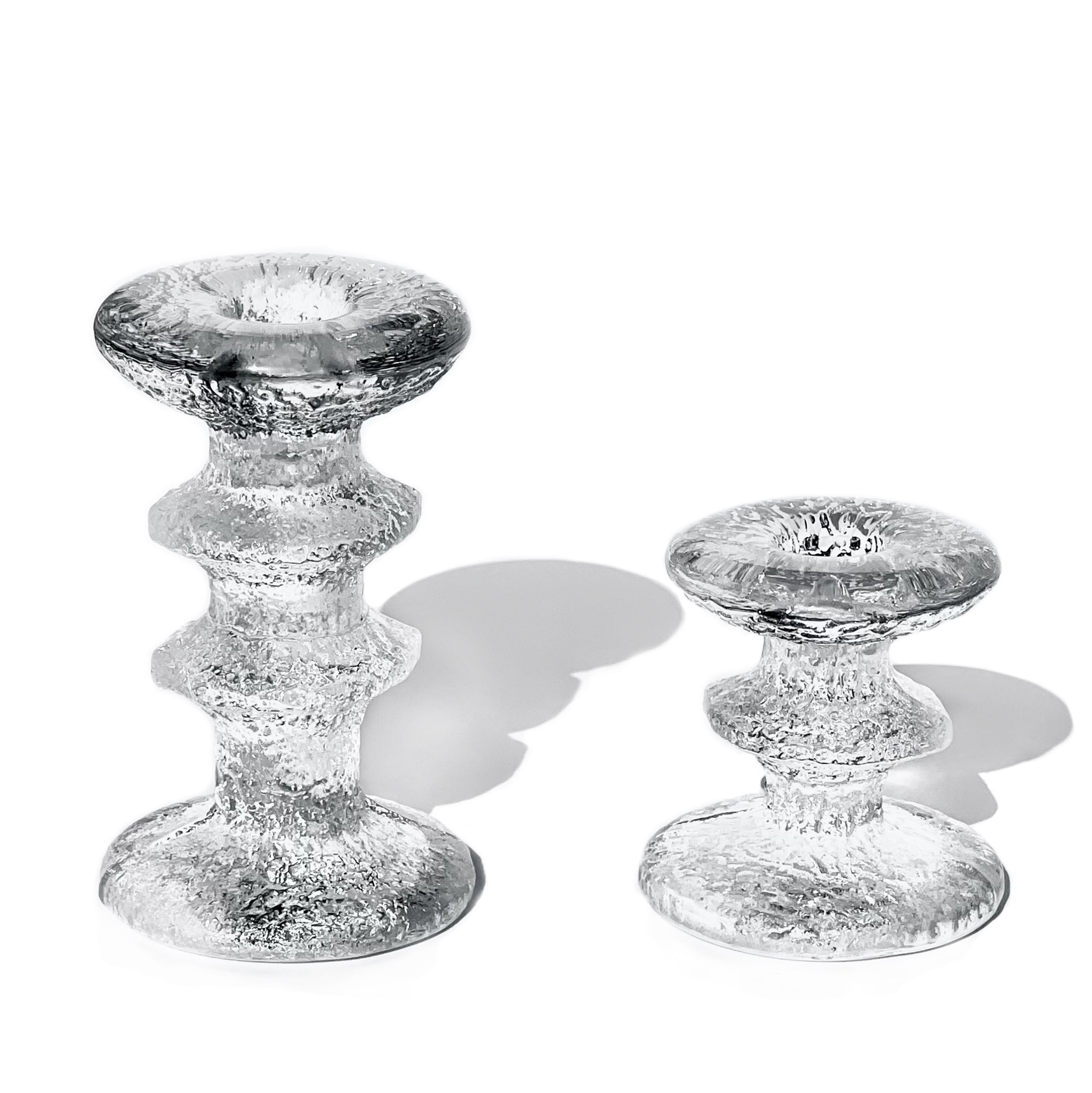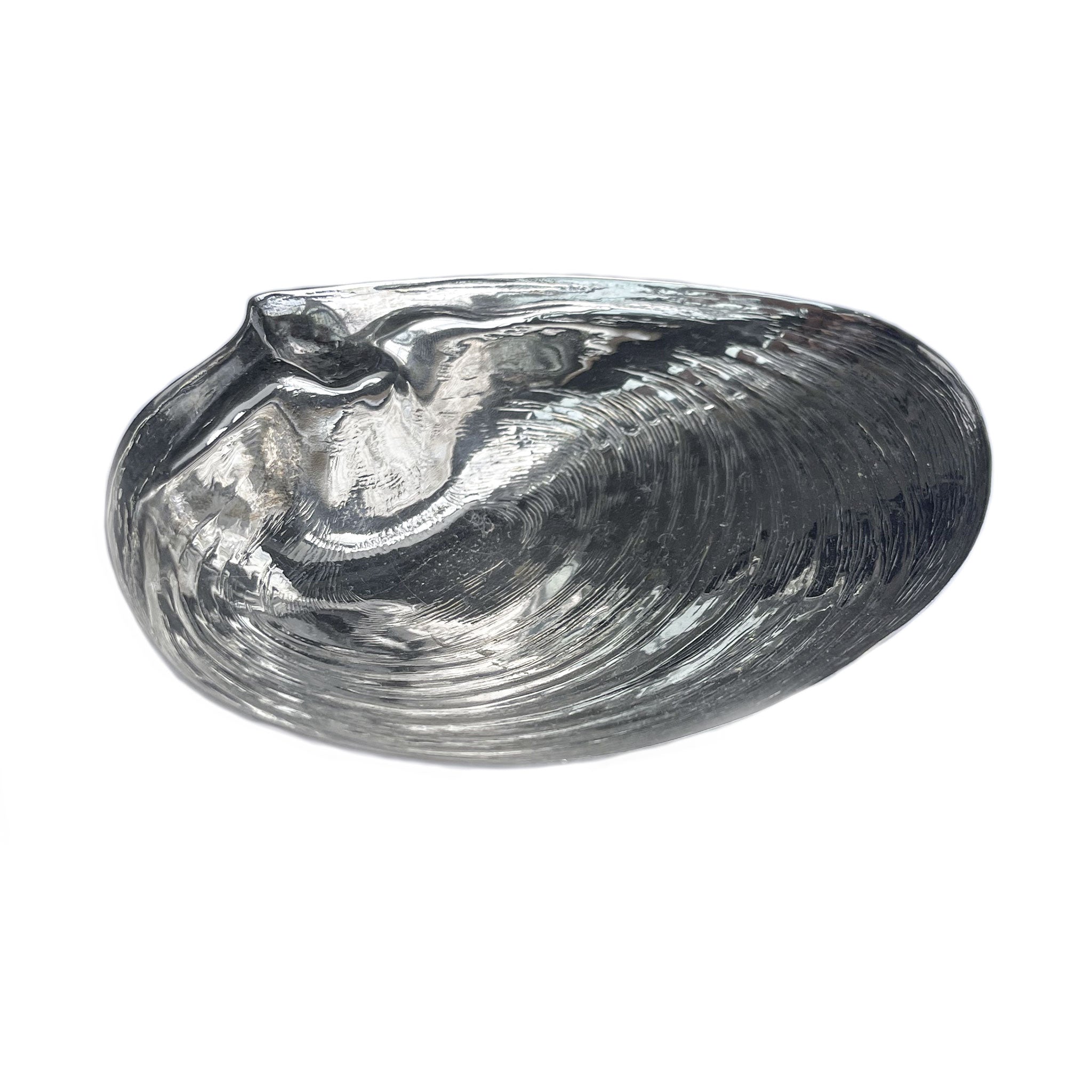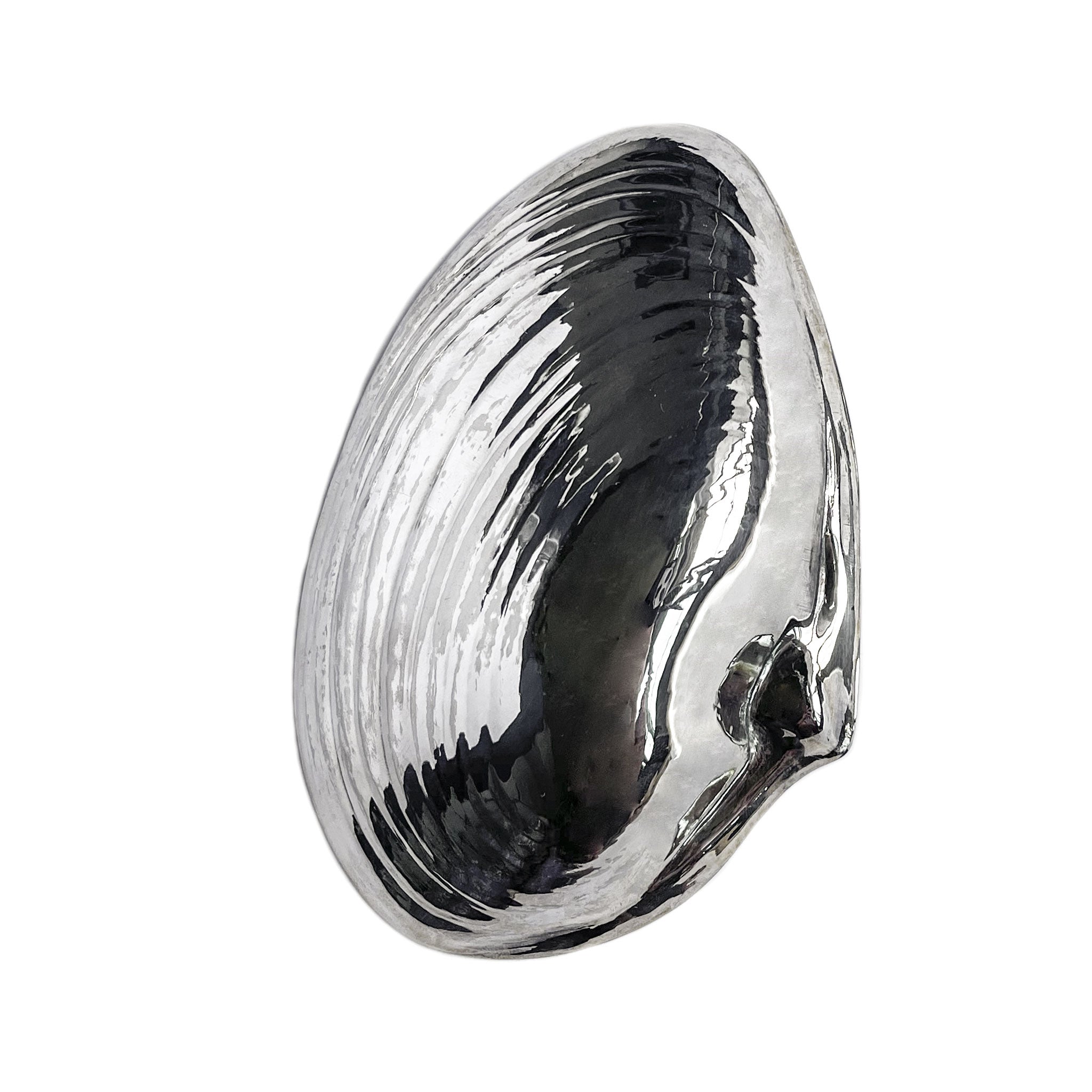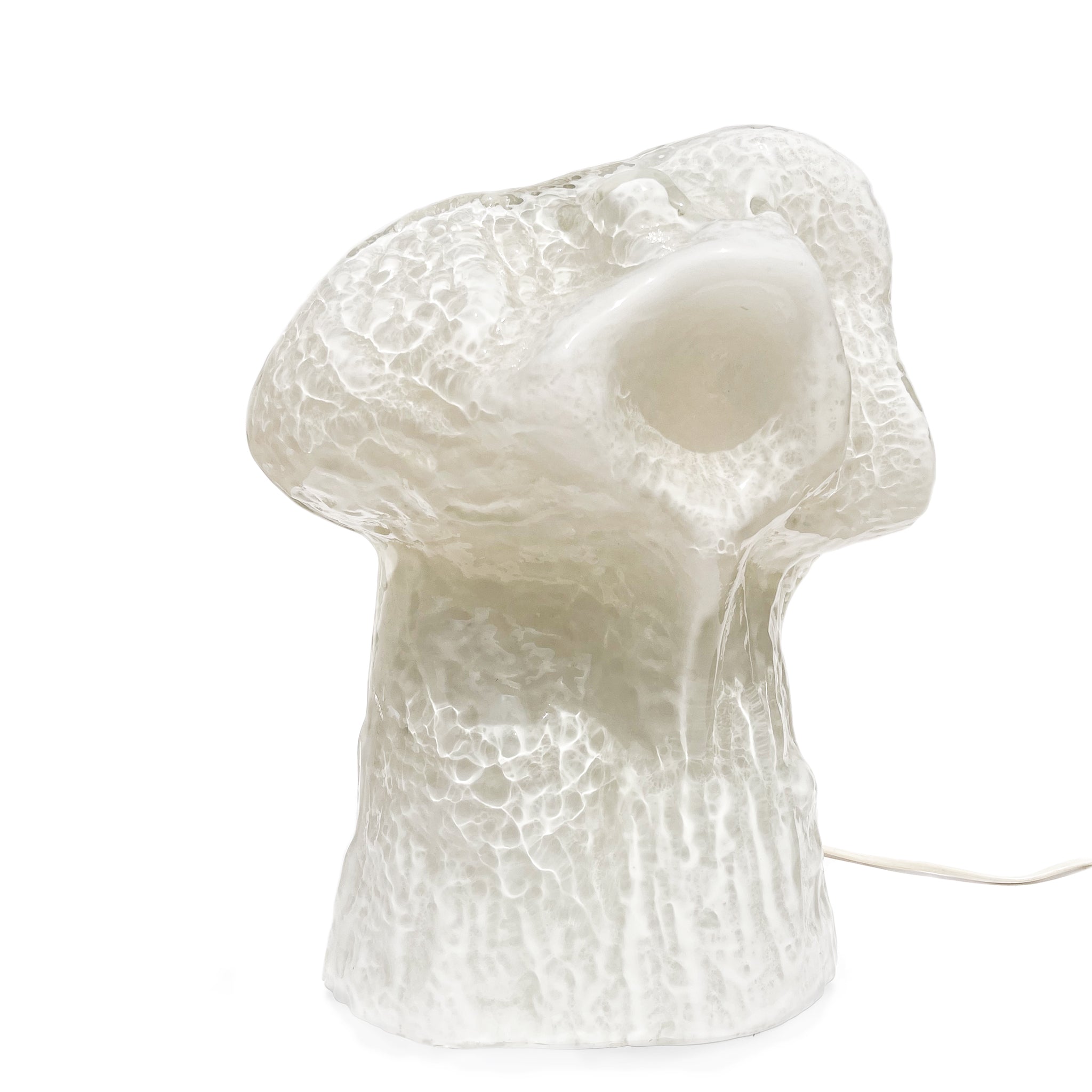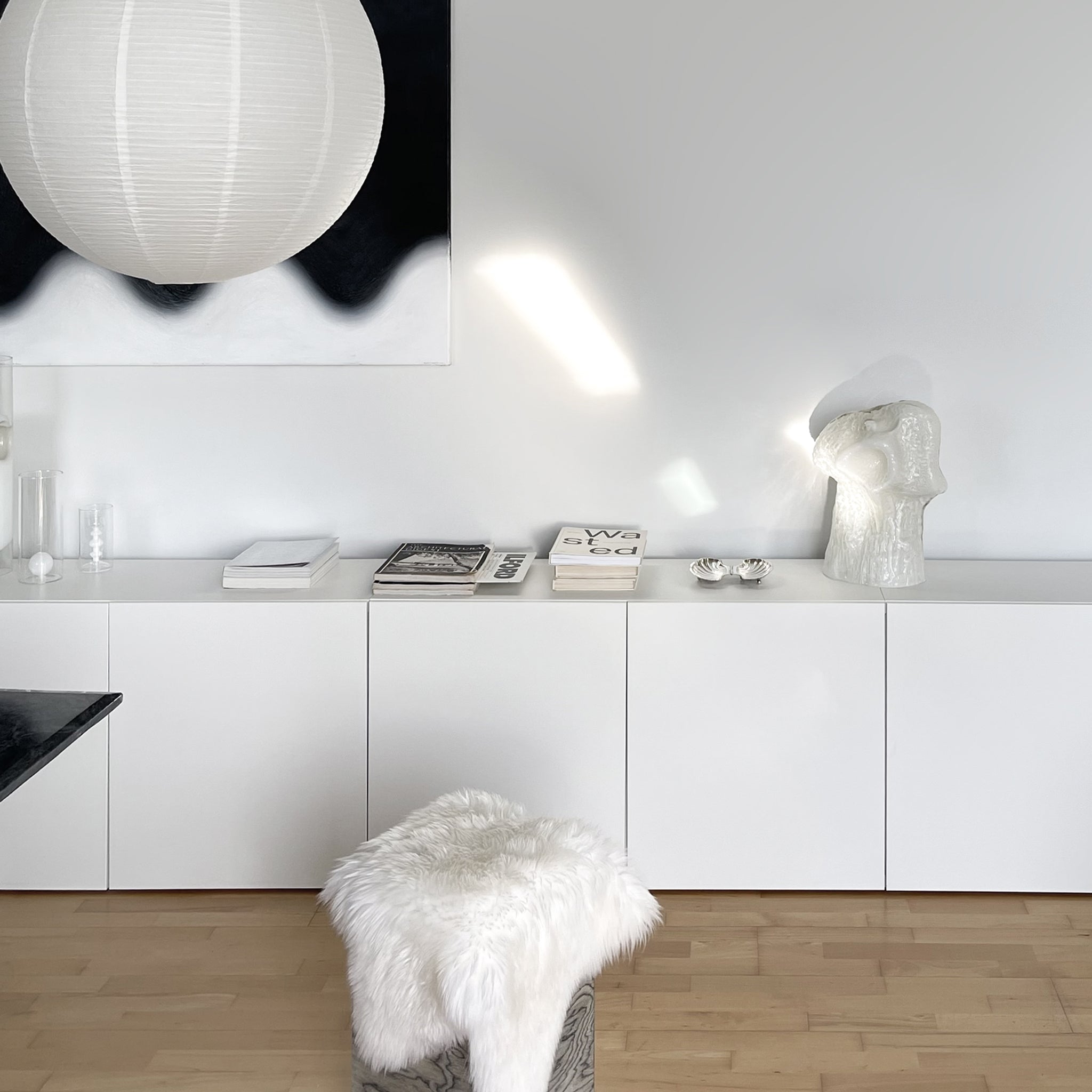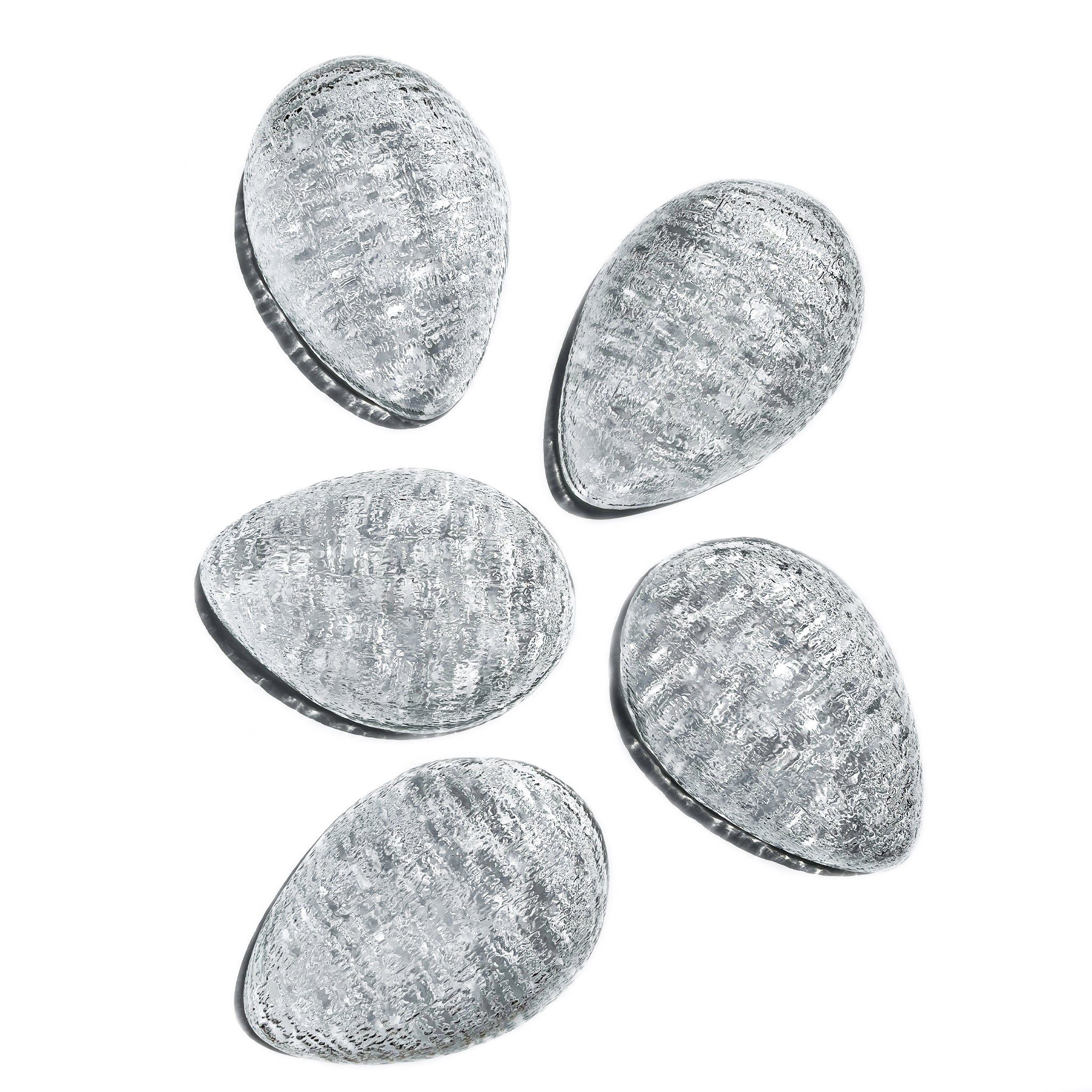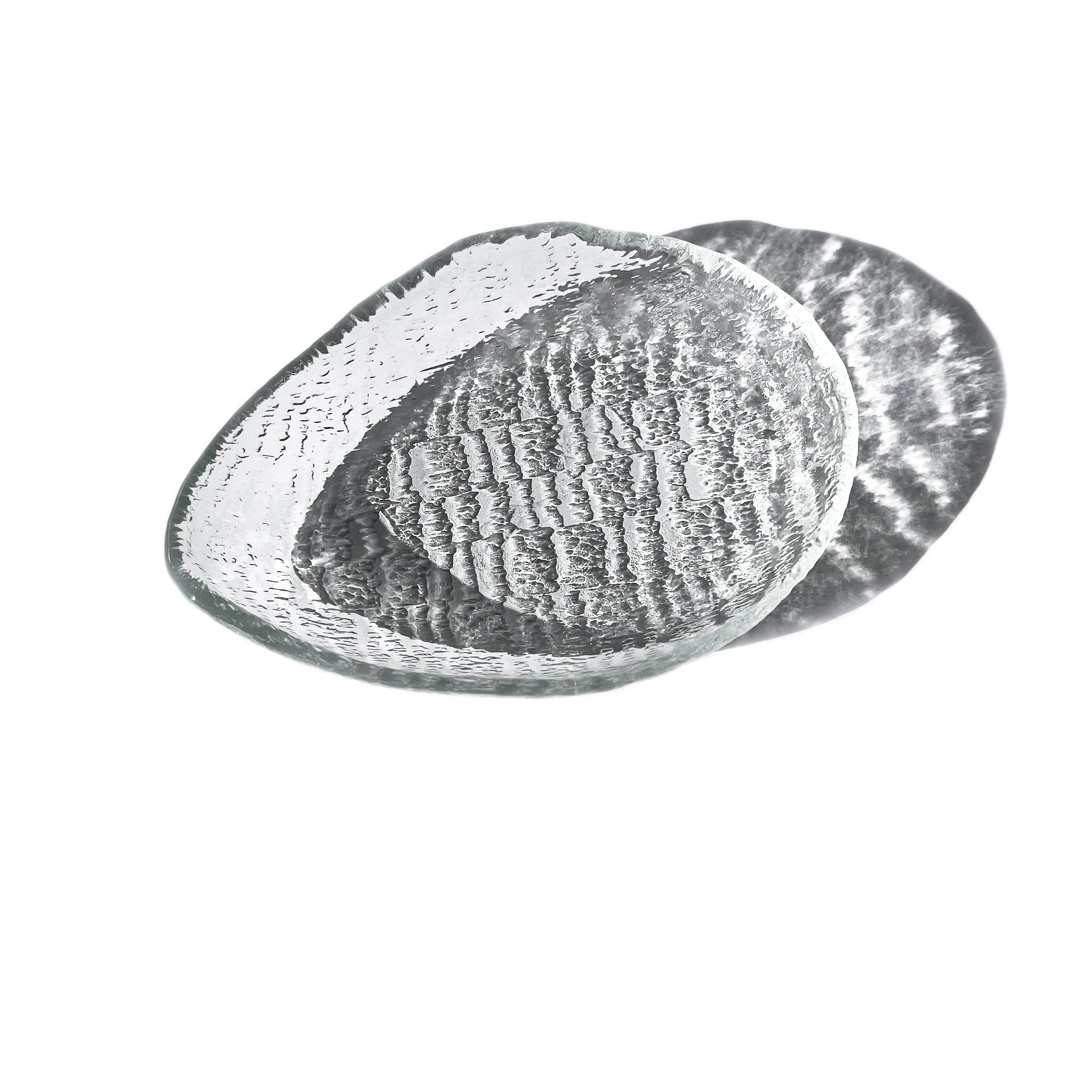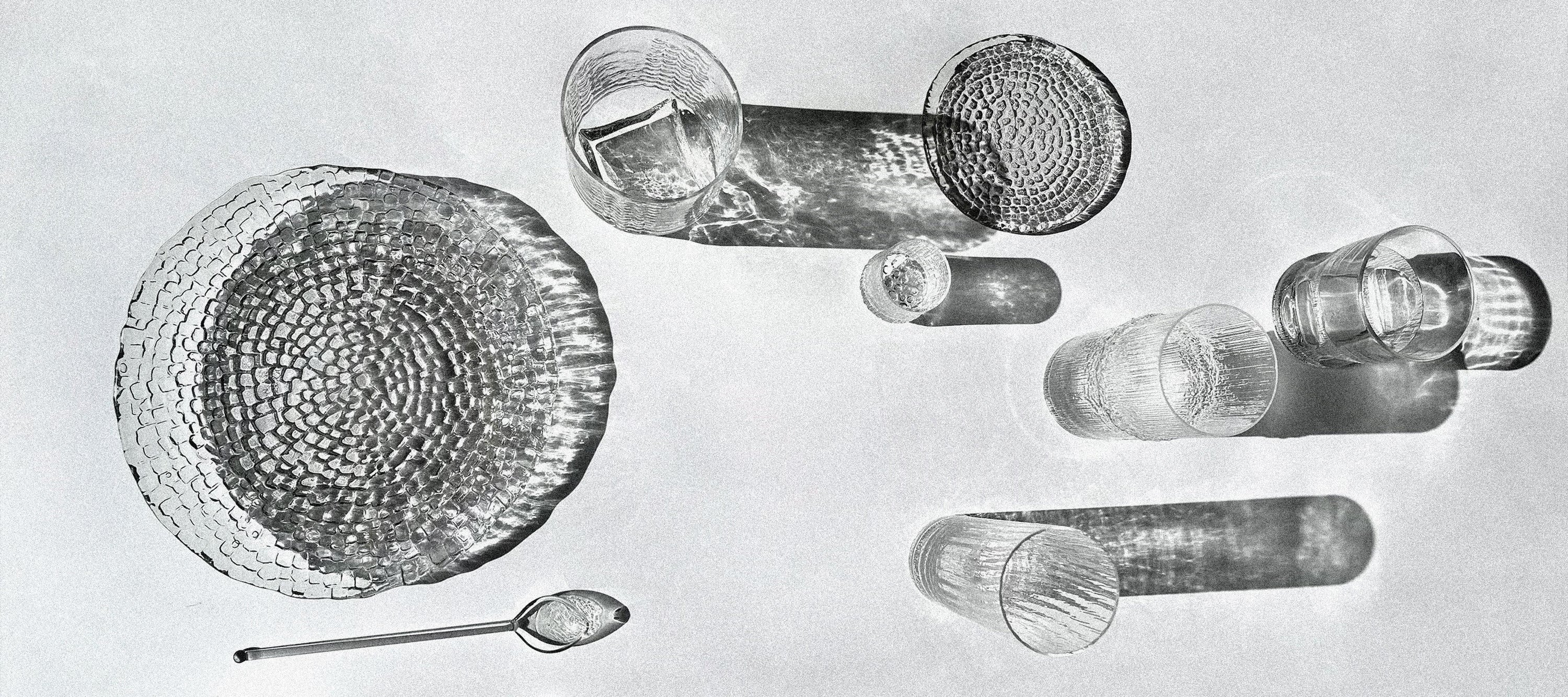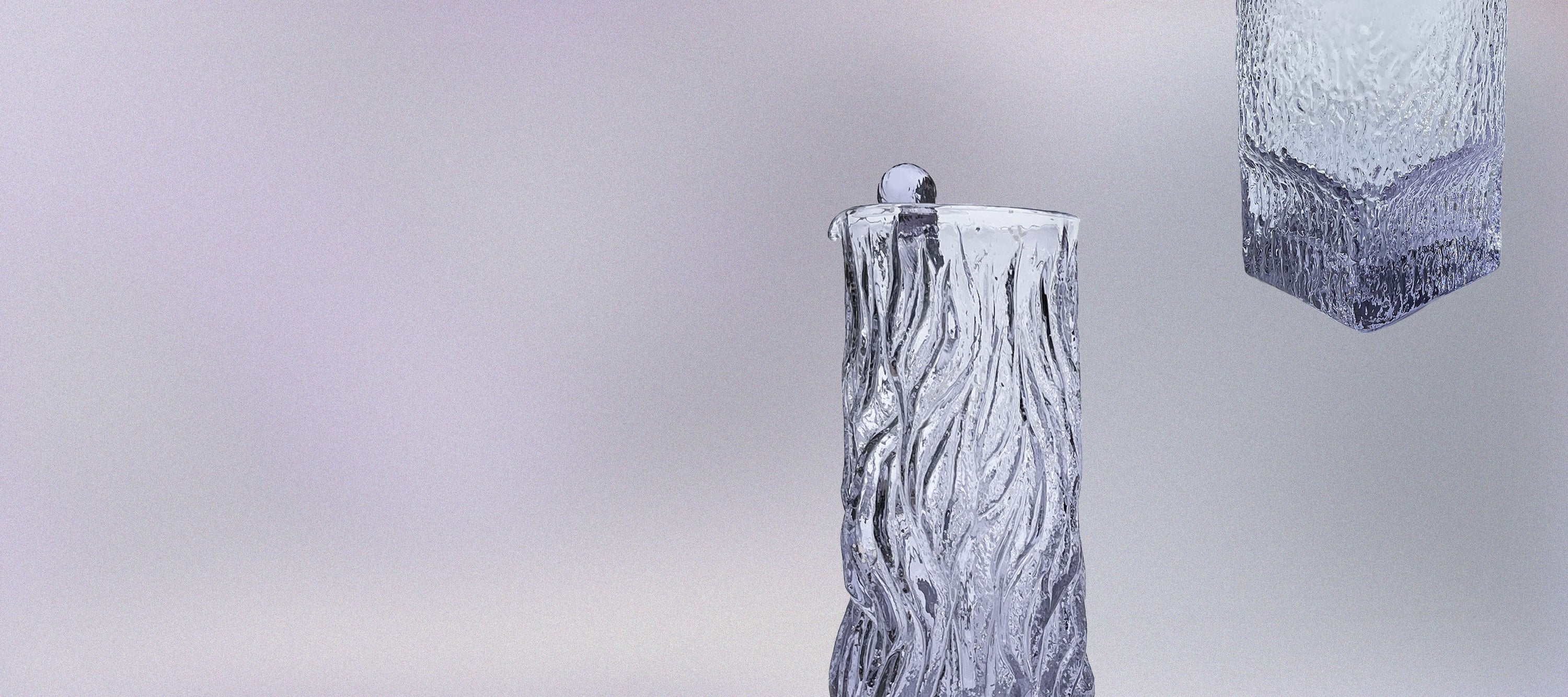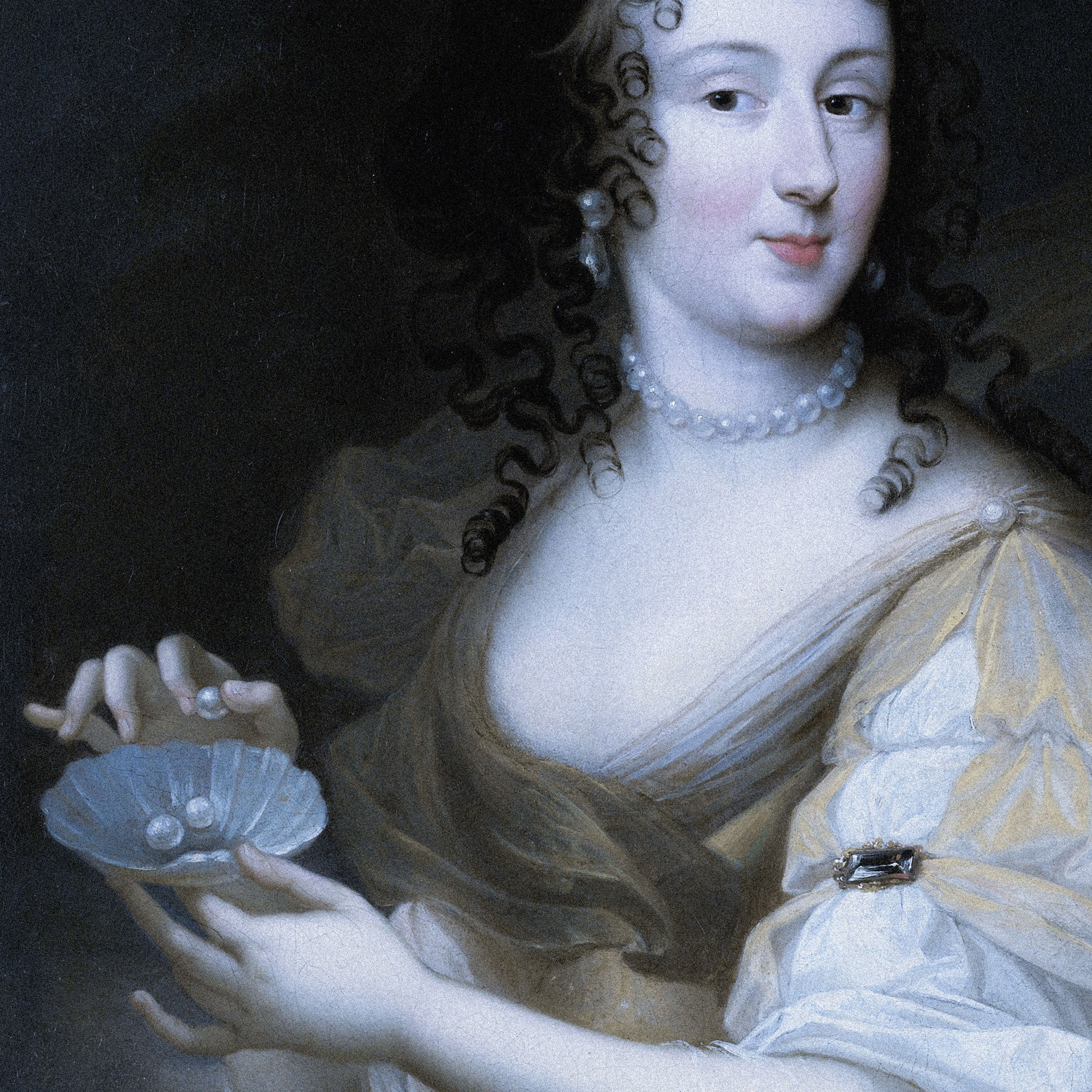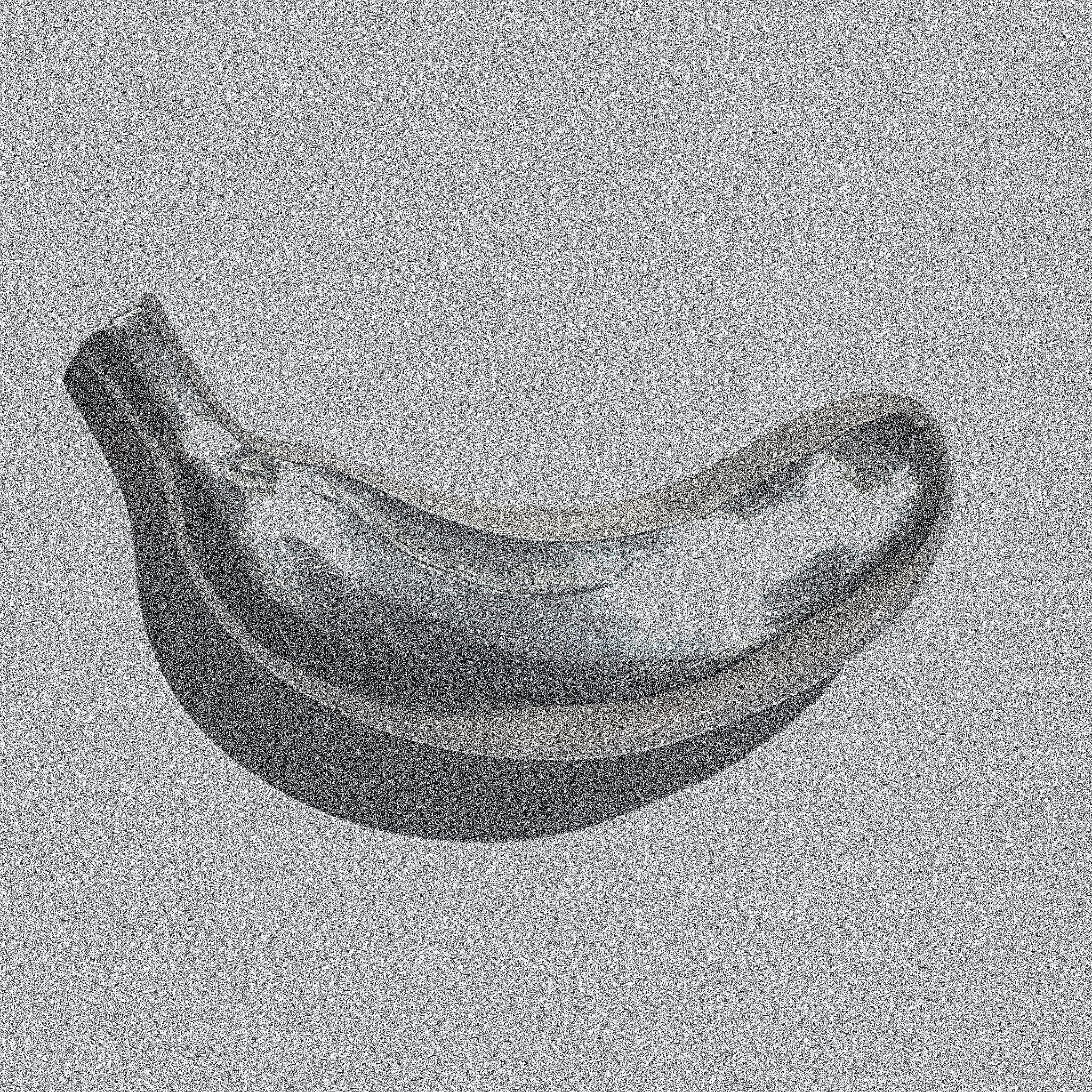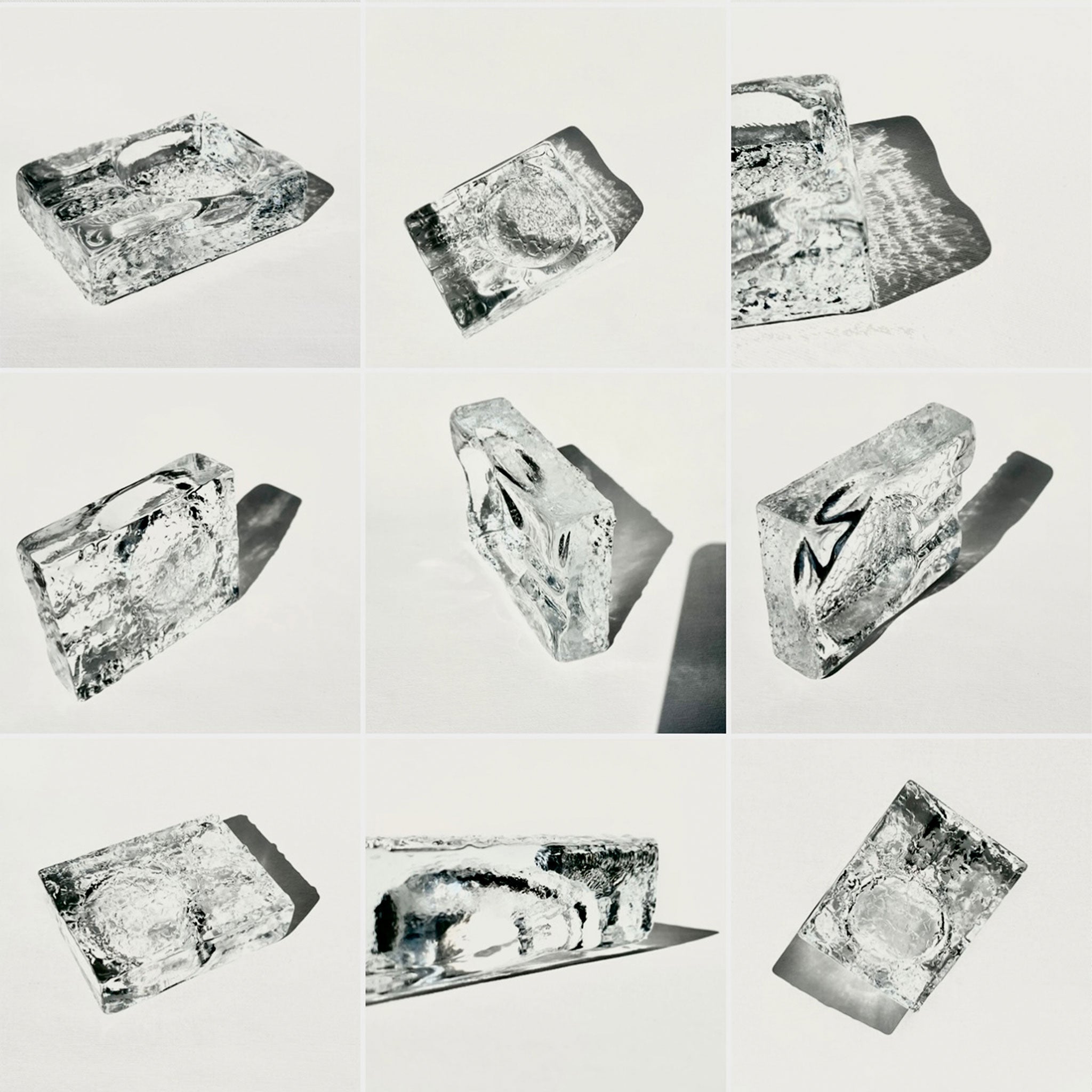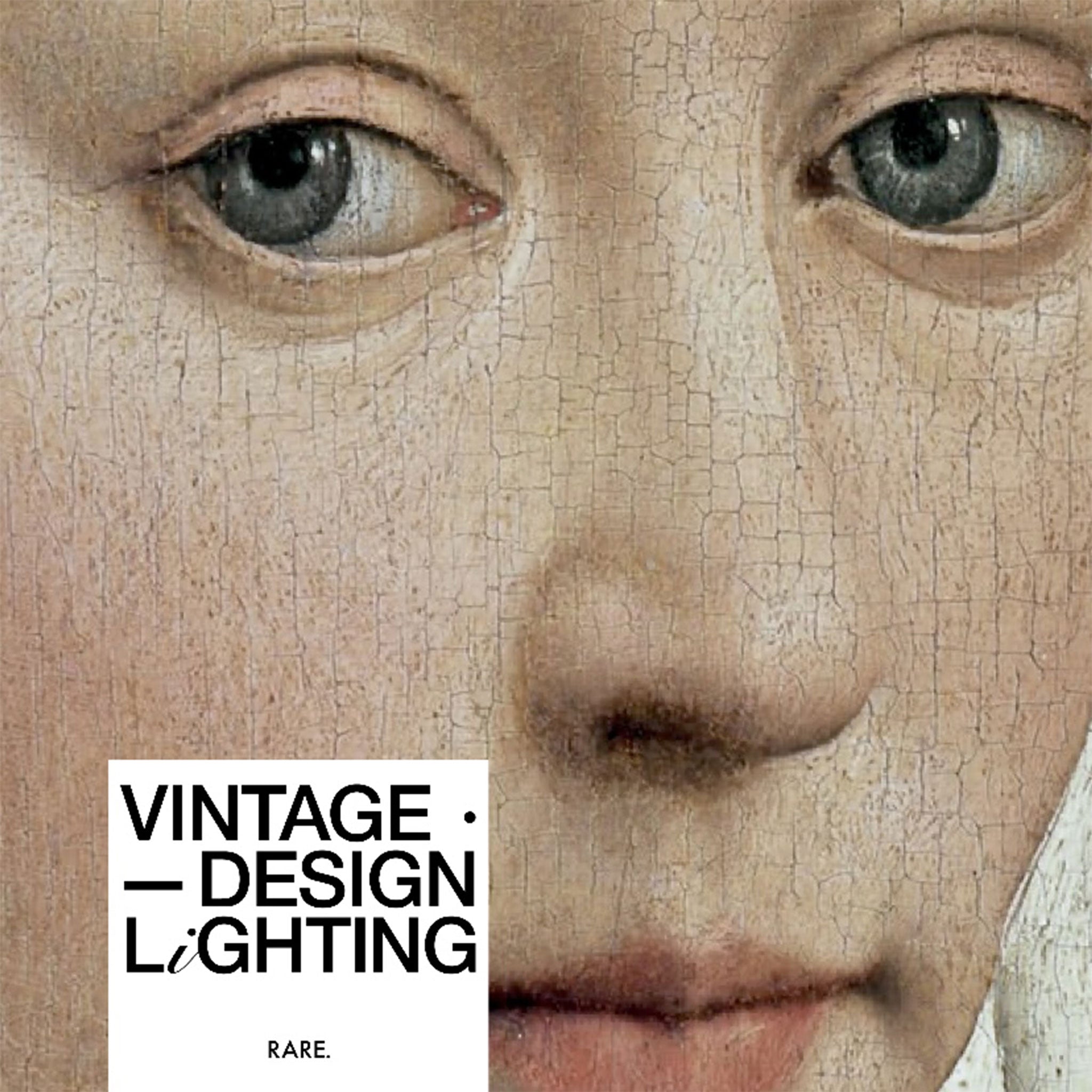
Luminous Sculpture: Curves, Bubbles and Textures.
There are moments in design history when experimentation, craftsmanship, and material innovation converge to create a lasting cultural imprint. The Italian lighting of the 1960s and 70s is one such moment — a golden era in which glass ceased to be a neutral medium and instead became the protagonist of luminous expression.
Emerging from the Venetian island of Murano, long revered for its centuries-old glassmaking tradition, this period saw a new generation of designers and manufacturers radically redefine what lighting could be. No longer merely functional, lamps became sculptural, atmospheric, emotional. They captured the imagination not only through light but through presence.
Deeply Sensorial
At the heart of this revolution was Murano glass — molten, malleable, deeply sensorial. The material offered infinite possibilities: thickness, transparency, texture, iridescence. It could imitate nature or abstract it entirely. Designers such as Carlo Nason, often working with the historic house of Mazzega, approached lighting as a language of volume and gesture. His Osso and Spirale series embody a biomorphic approach — light encased in forms that recall bones, shells, or planetary rings.
Roberto Pamio, collaborating with Leucos, explored the geometry of diffusion: domes, spheres, discs suspended in space, reflecting the influence of minimalism but softened through the warmth of glass. His work — like much of the era — was a balancing act between industrial production and artisanal finesse.
A Landscape of Icons
Beyond Nason and Pamio, a constellation of brands and creators gave shape to this luminous landscape. Vistosi, known for its bold yet refined aesthetics, blended innovation with tradition. Venini, already a cornerstone of Murano craftsmanship, continued to push the boundaries of colour and texture, often treating light as chromatic atmosphere.
What united these houses — Mazzega, Leucos, Vistosi, Venini — was not a singular style but a shared devotion to glass as medium, to light as emotional register, and to design as sensorial narrative.
Light as Memory, Light as Sculpture
Today, these pieces endure not only for their beauty but for the stories they tell. They speak of a time when boundaries between art, design, and craft were deliberately blurred. To live with one of these lamps is to invite a quiet form of intimacy: light shaped by human hand, by the breath of the furnace, by the cultural optimism to illuminate the future.
Discover Luminous Narratives — a curated selection of 20th century lamps.
